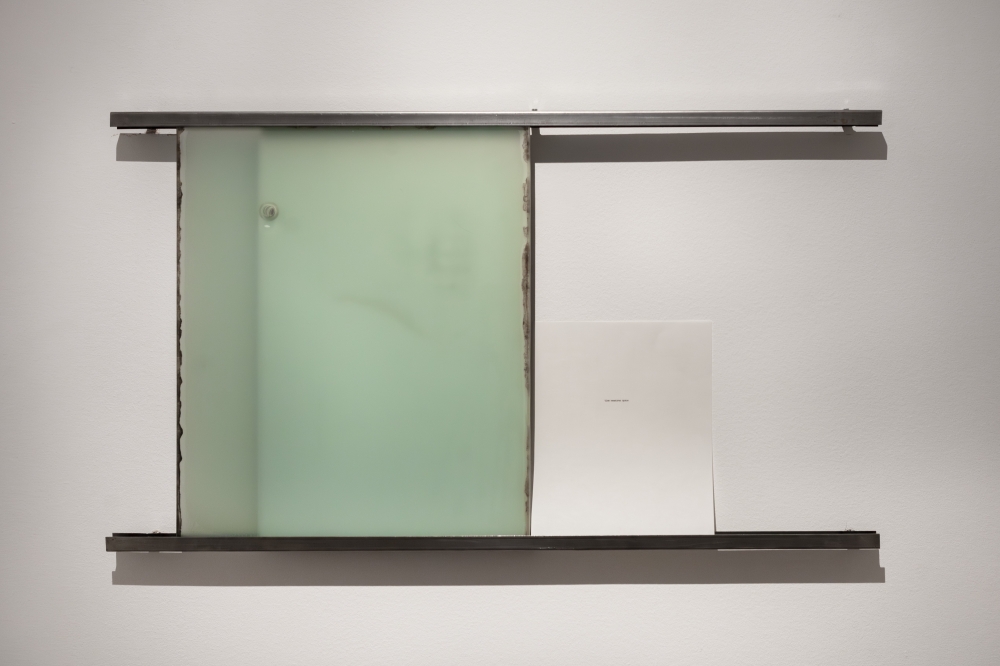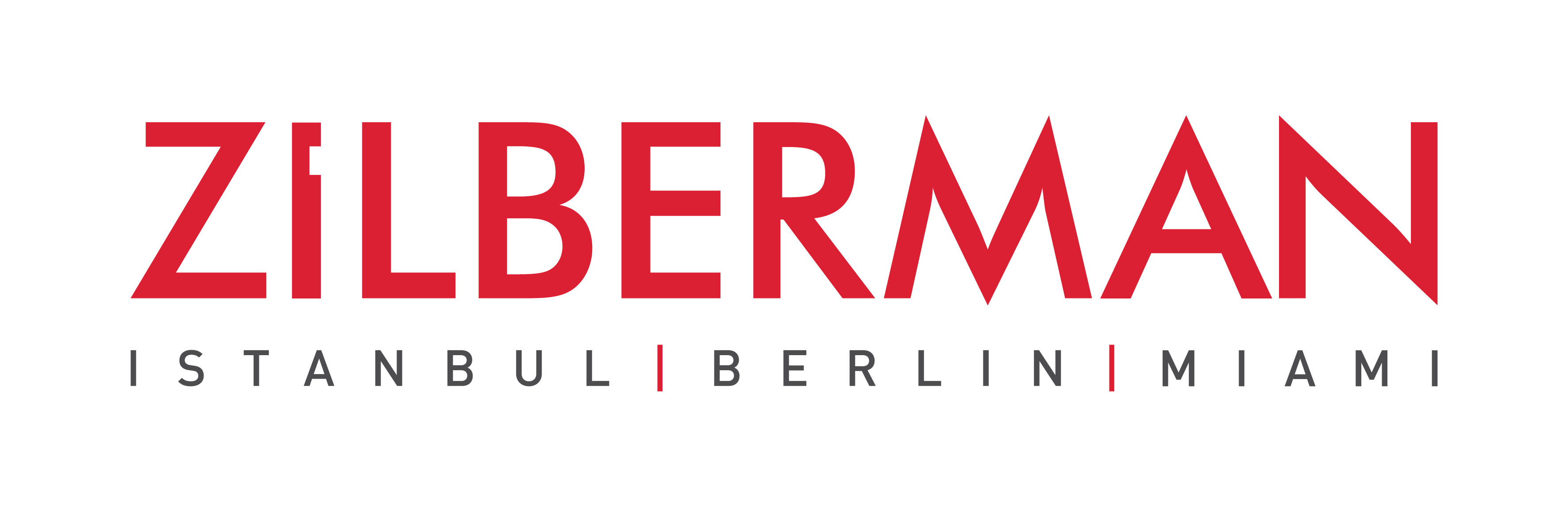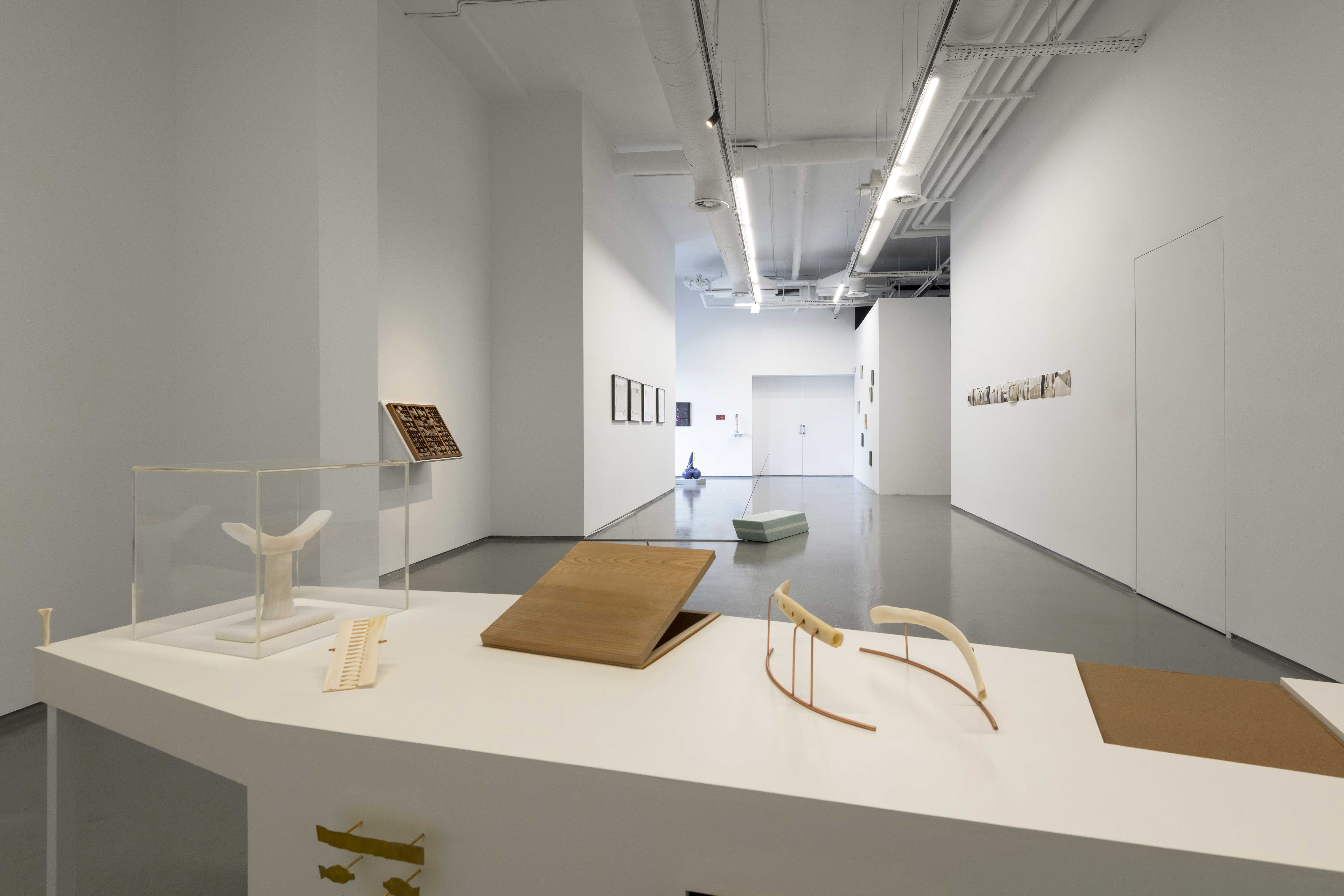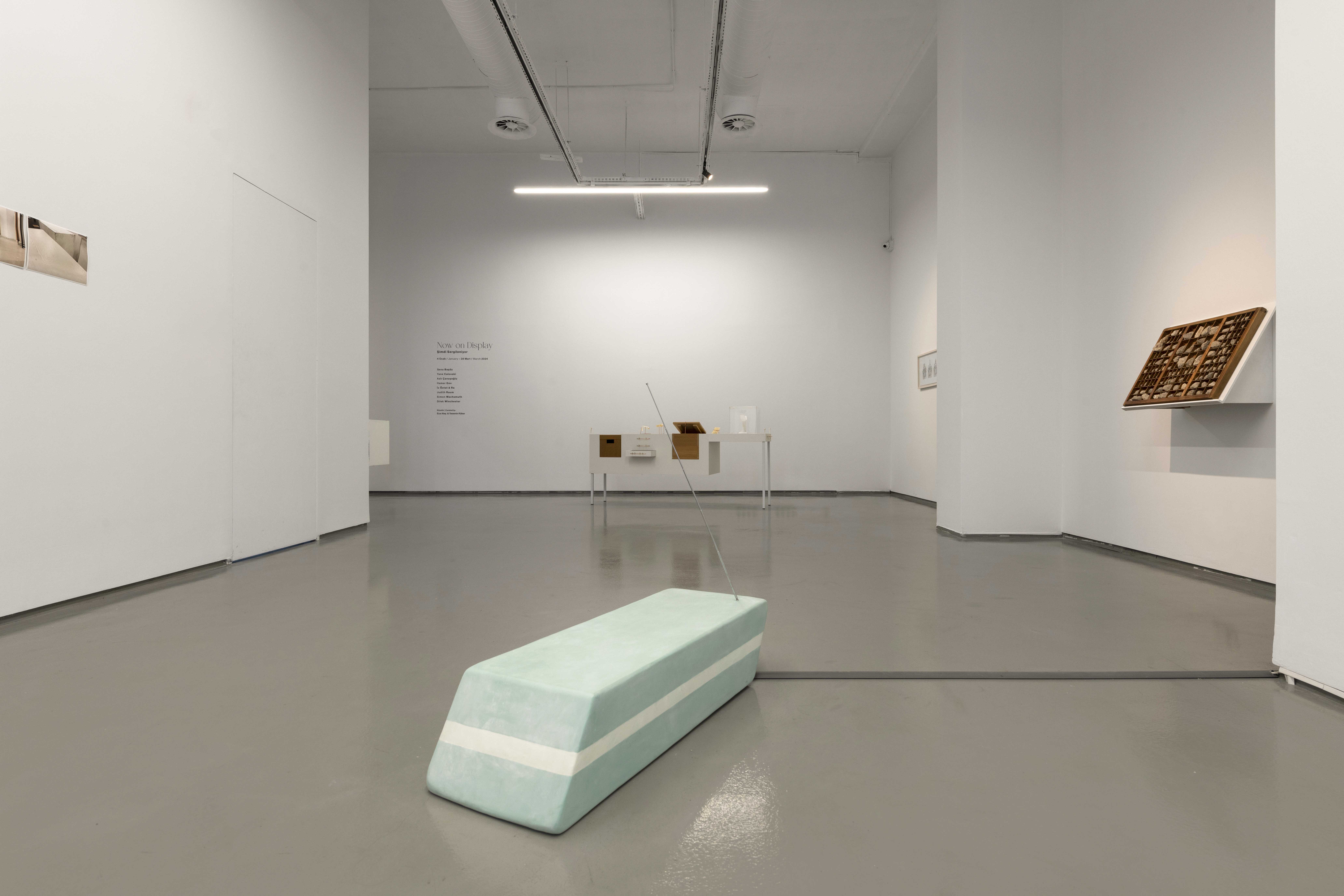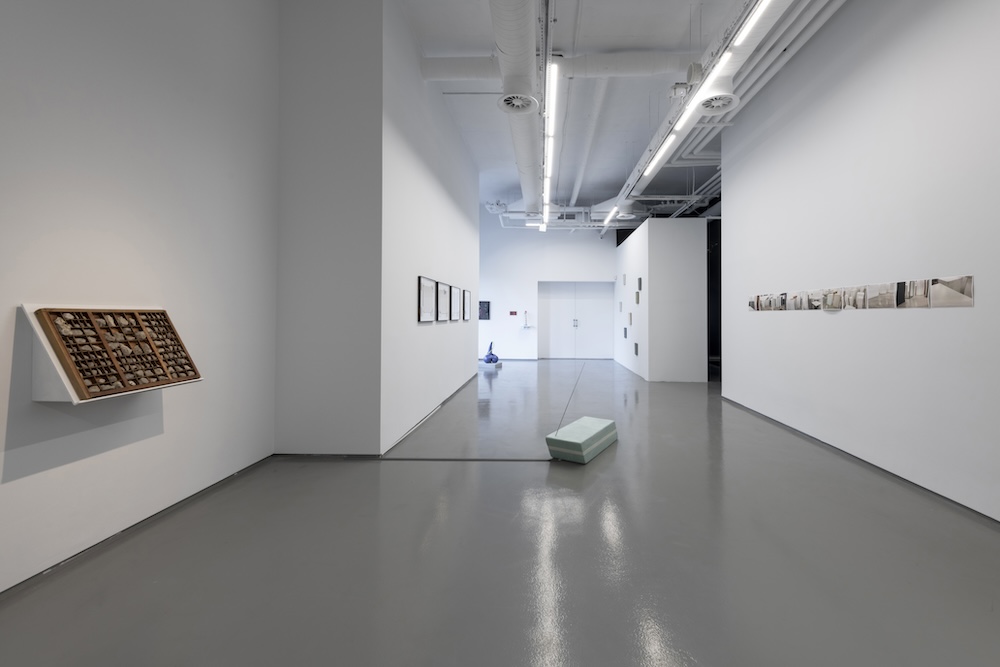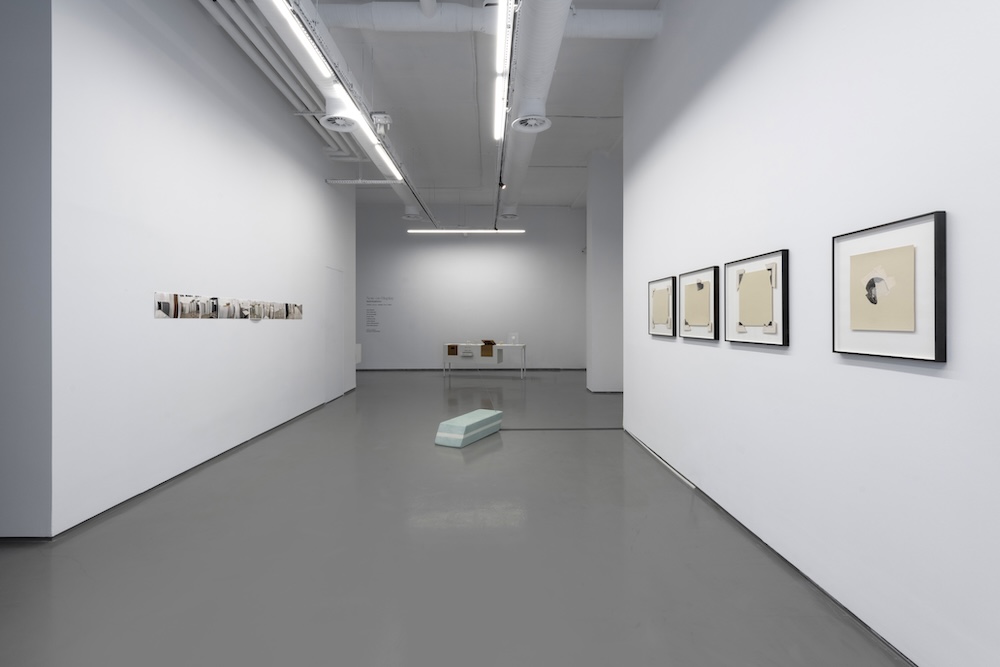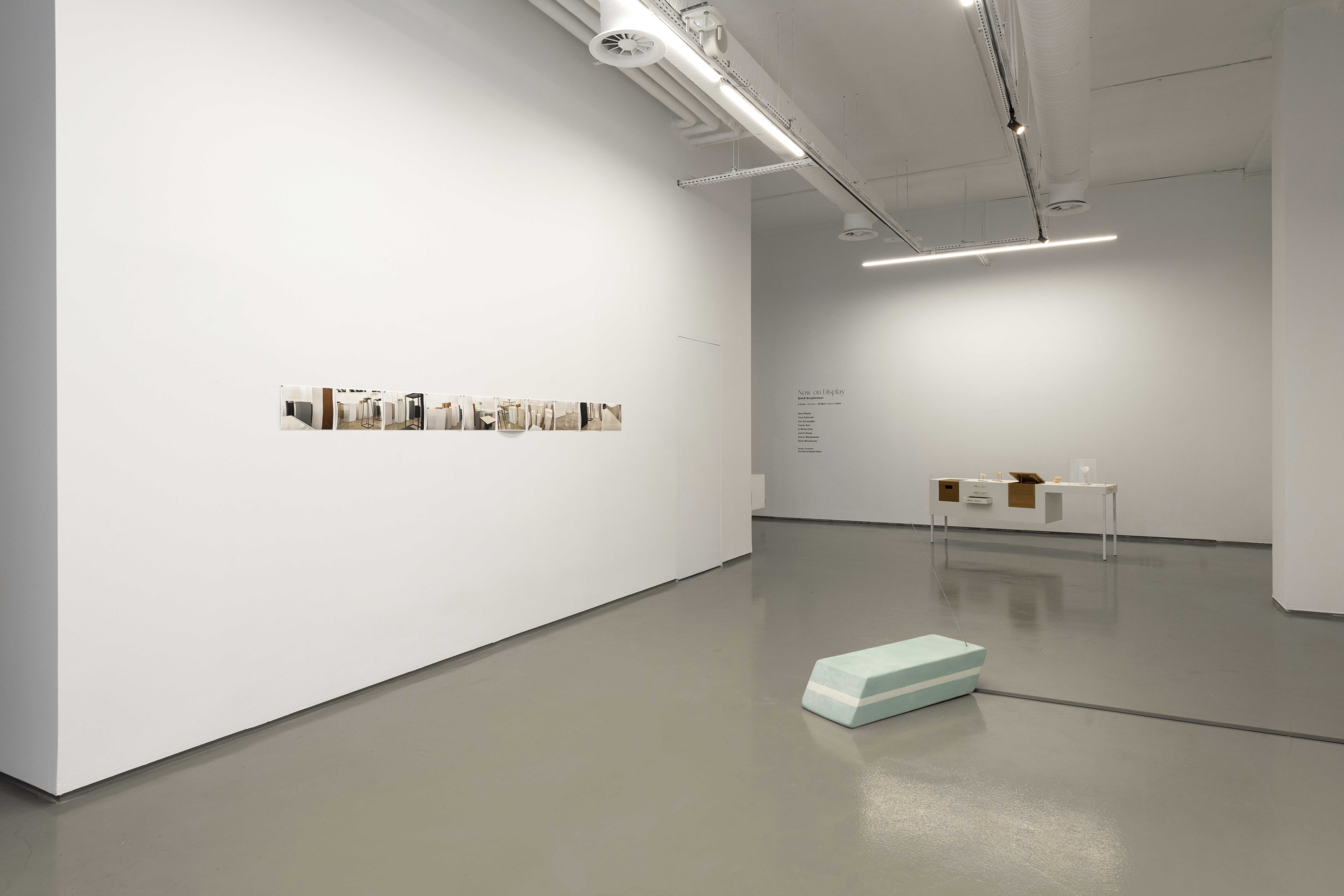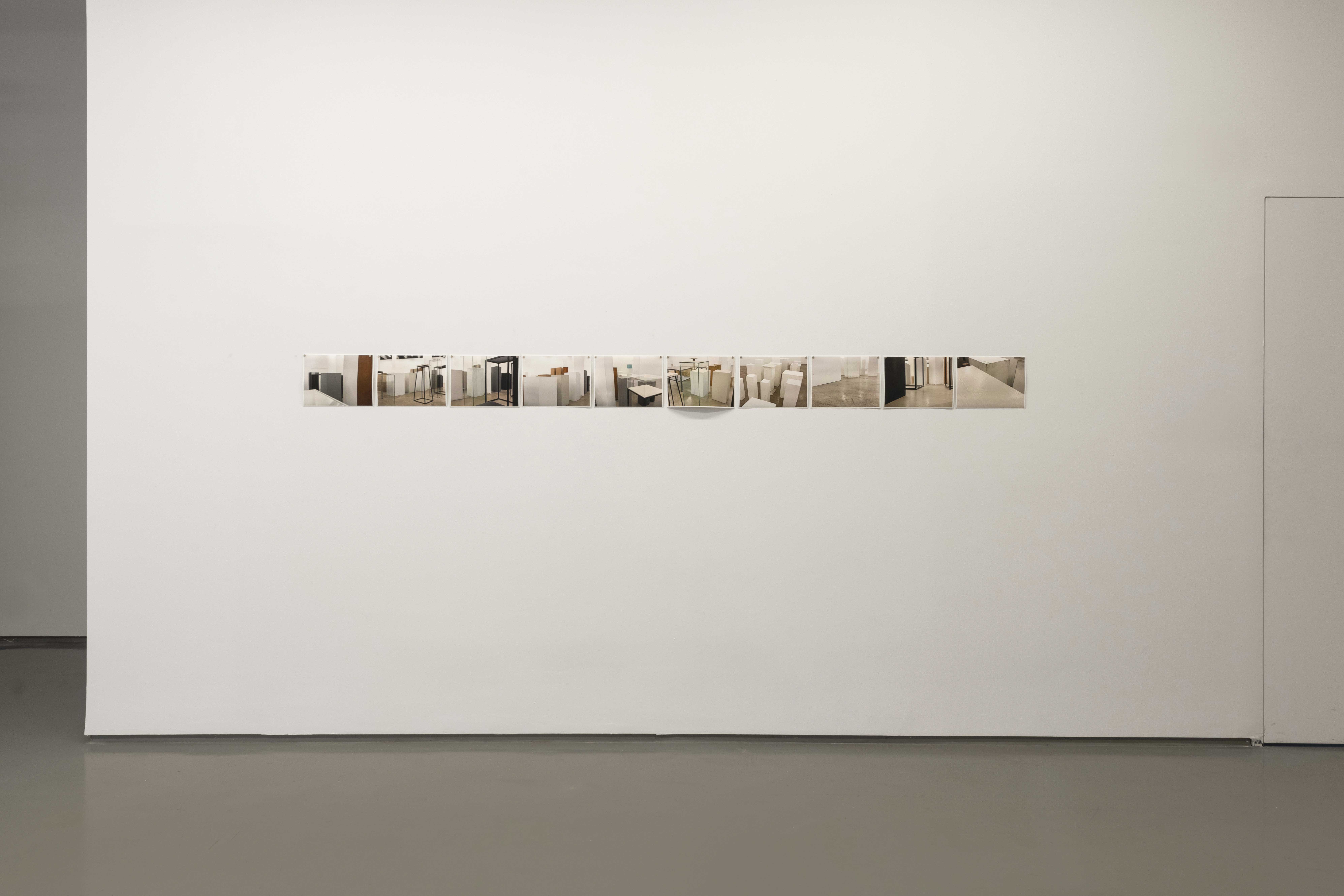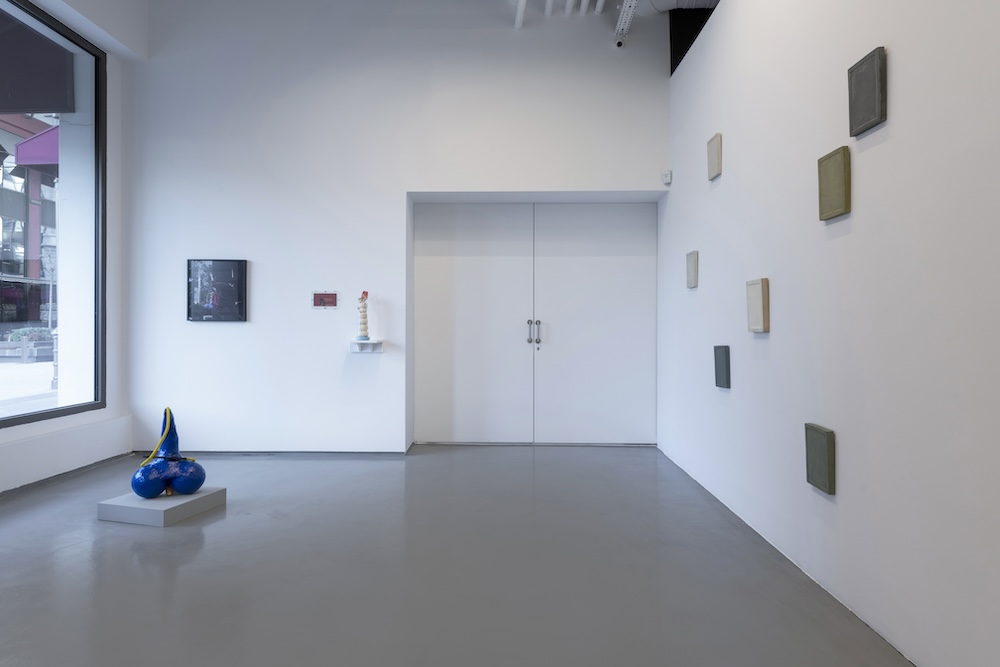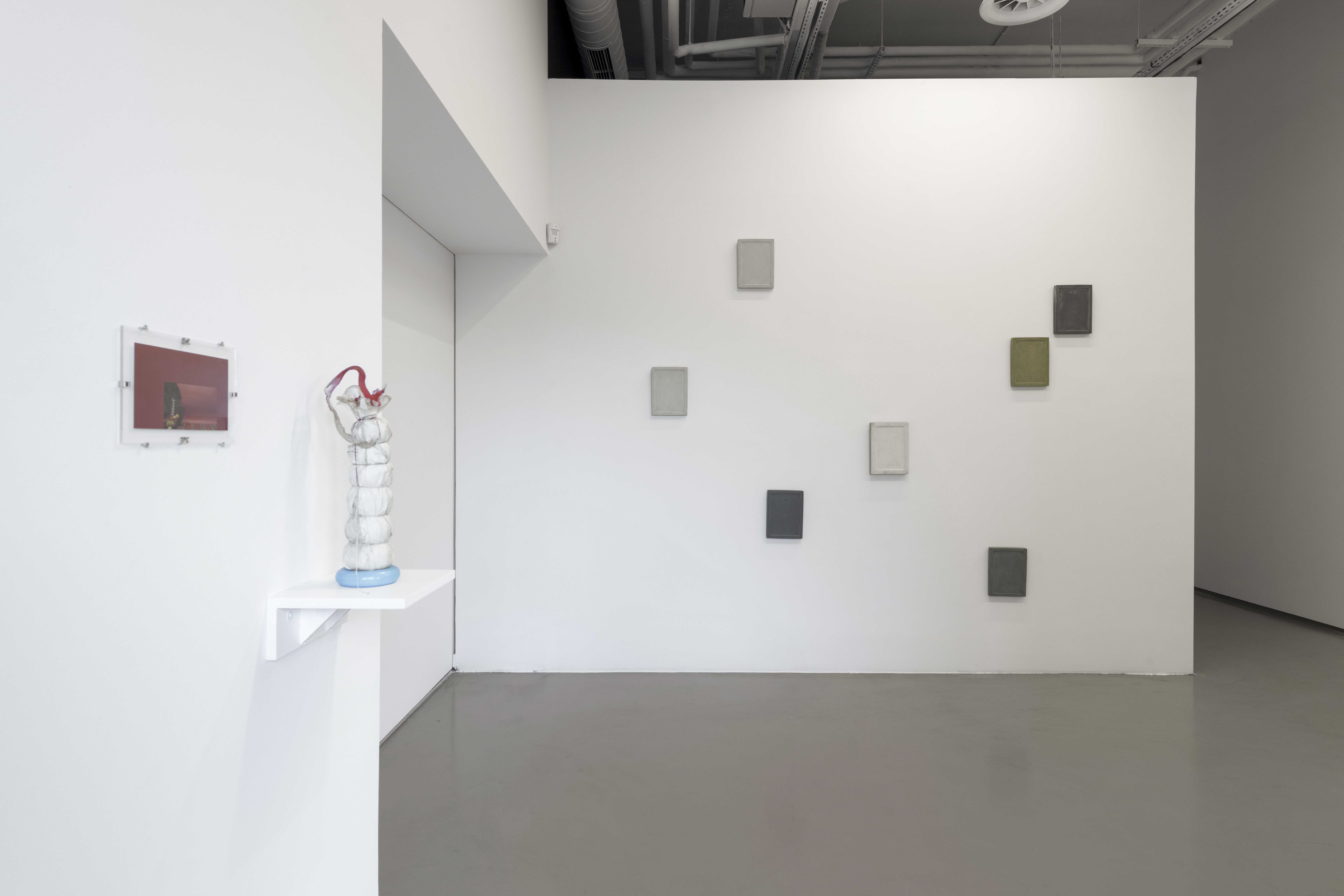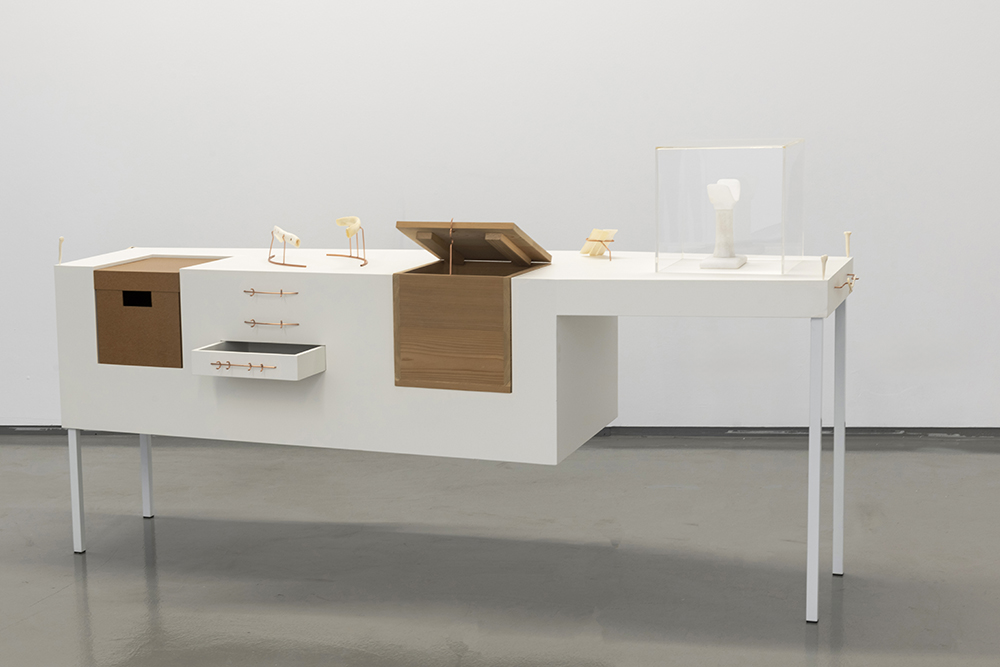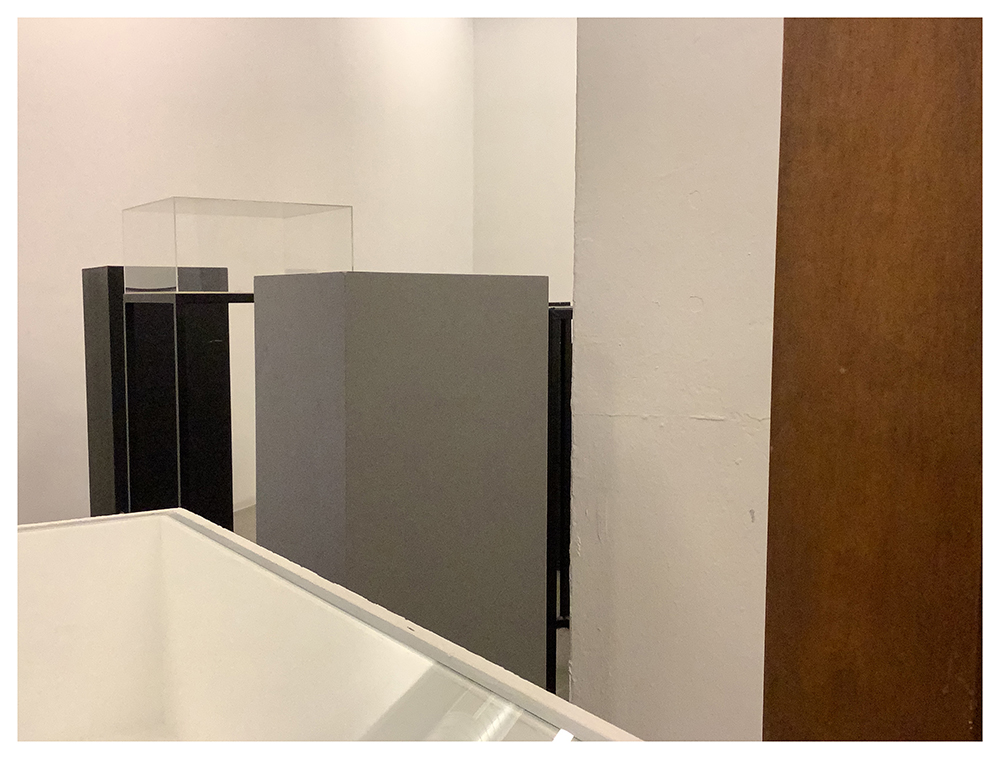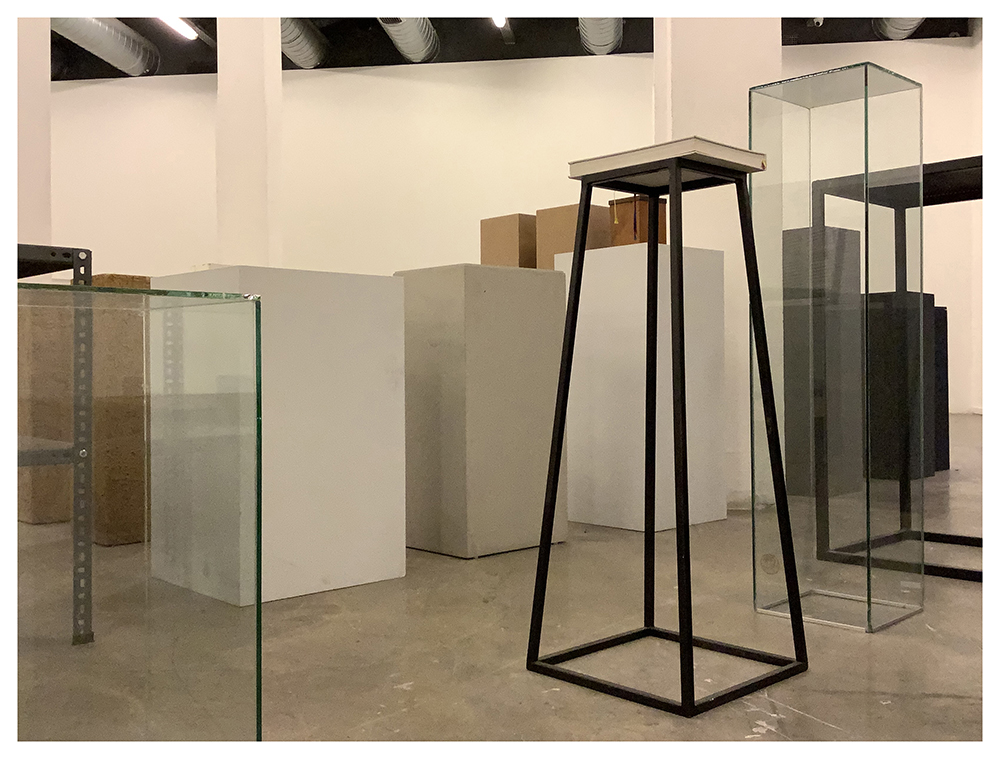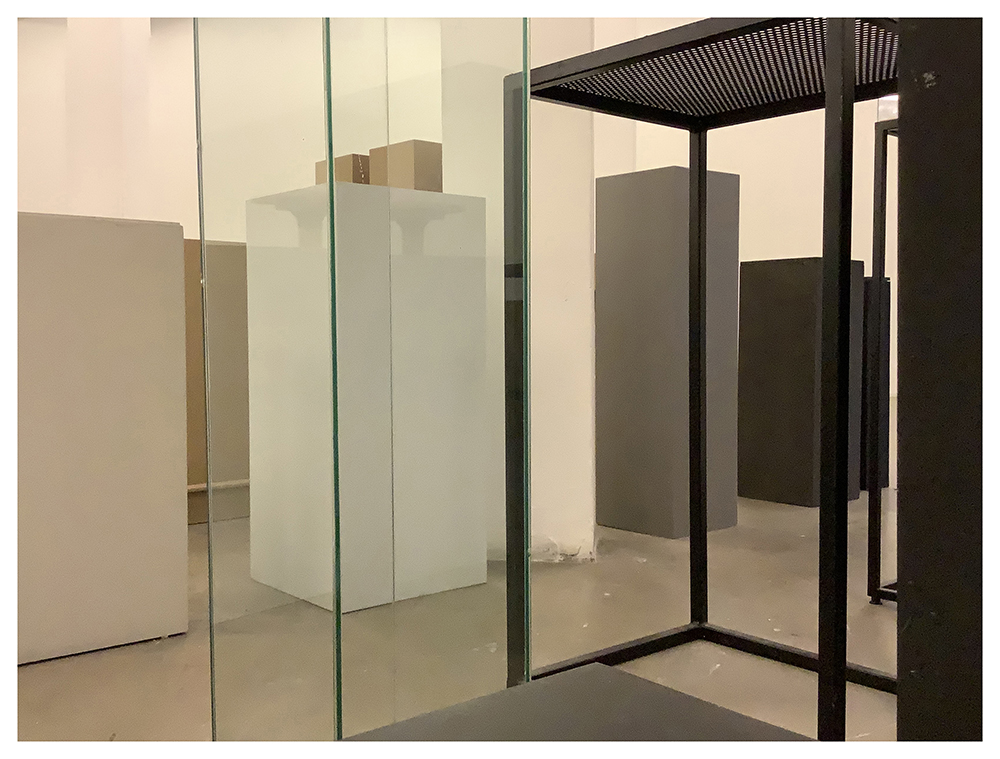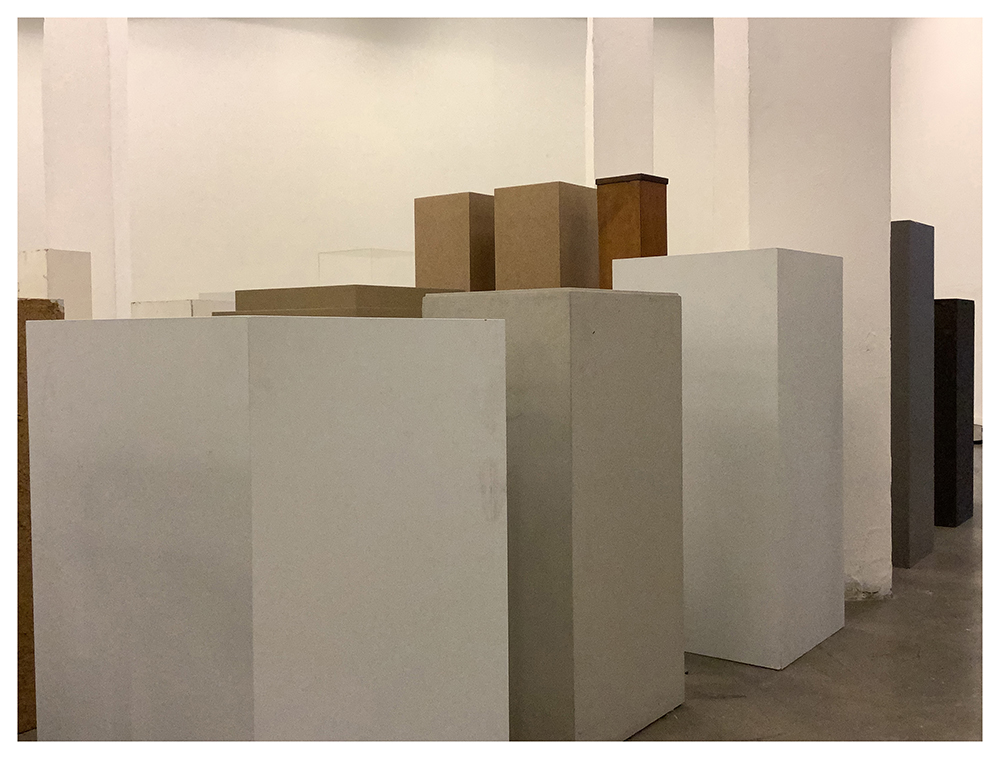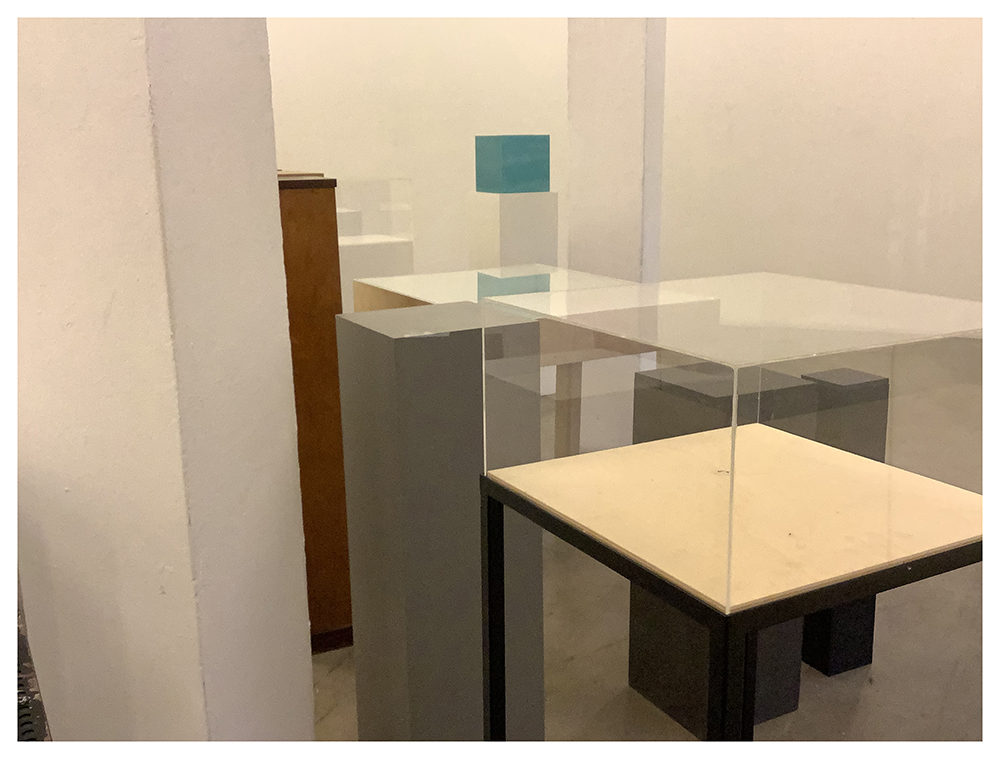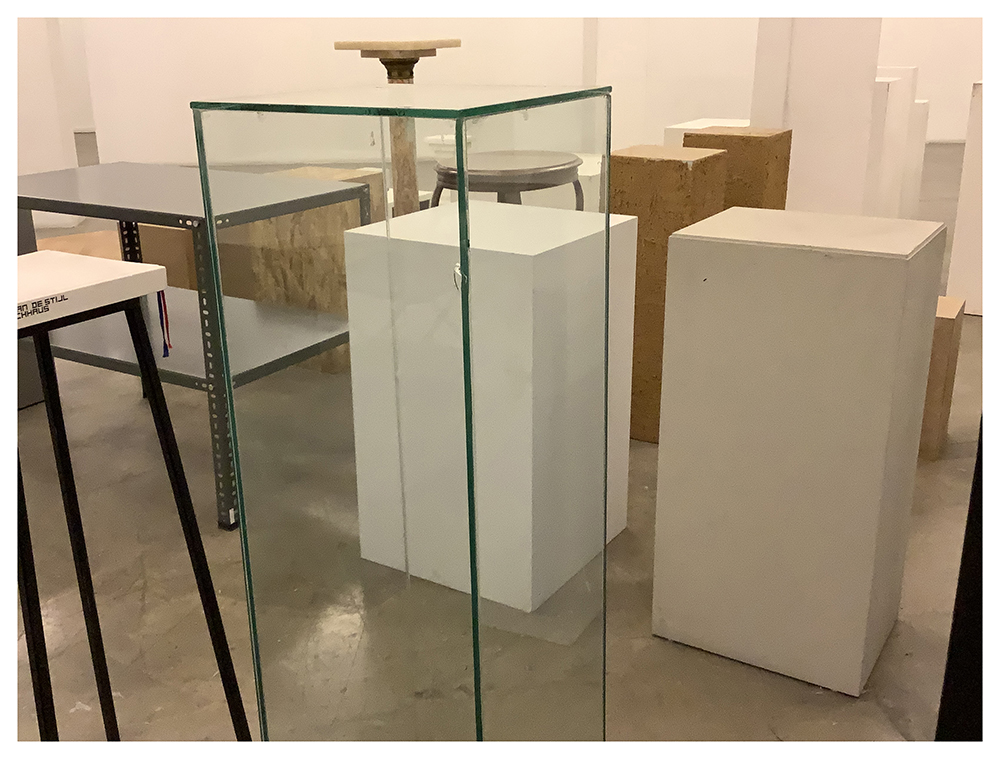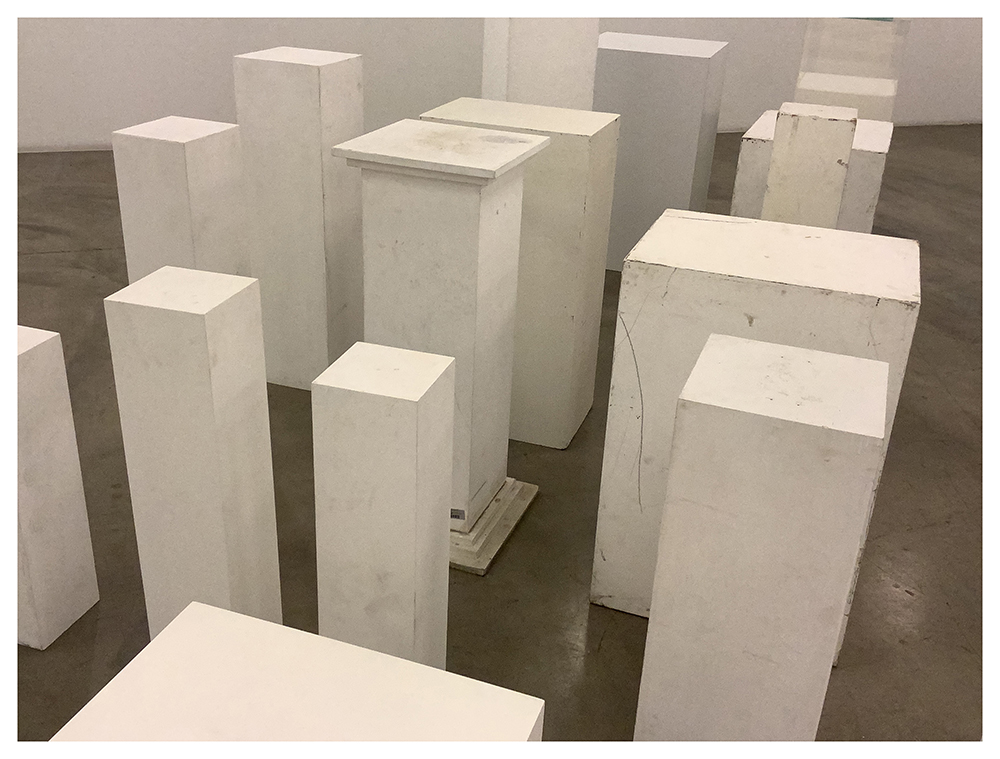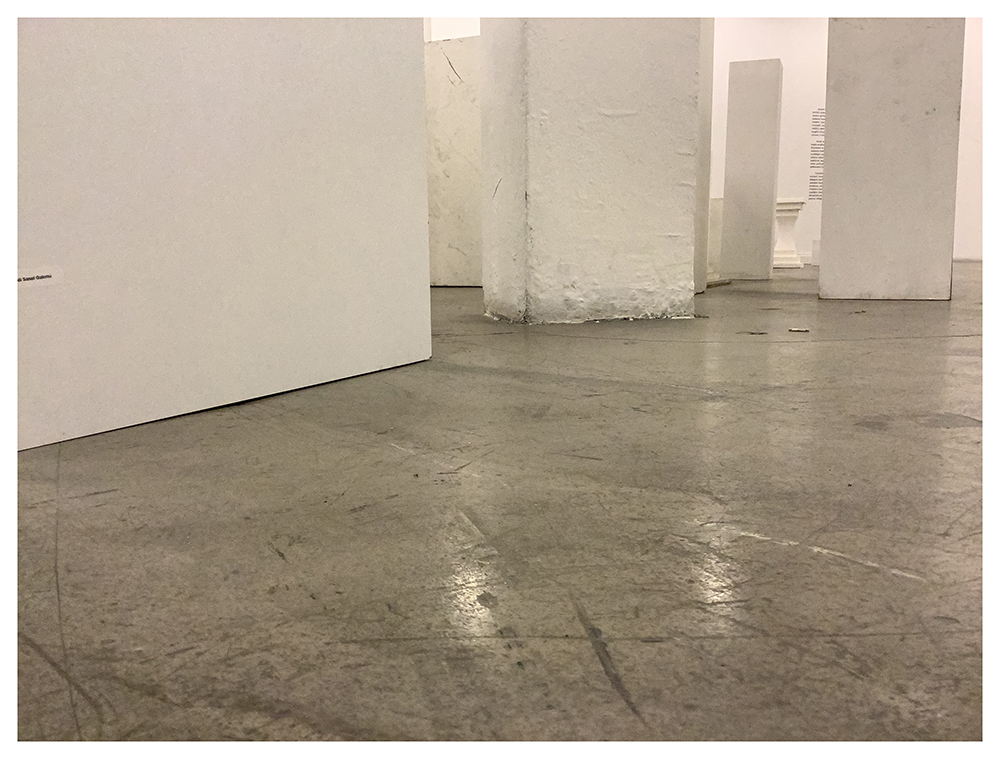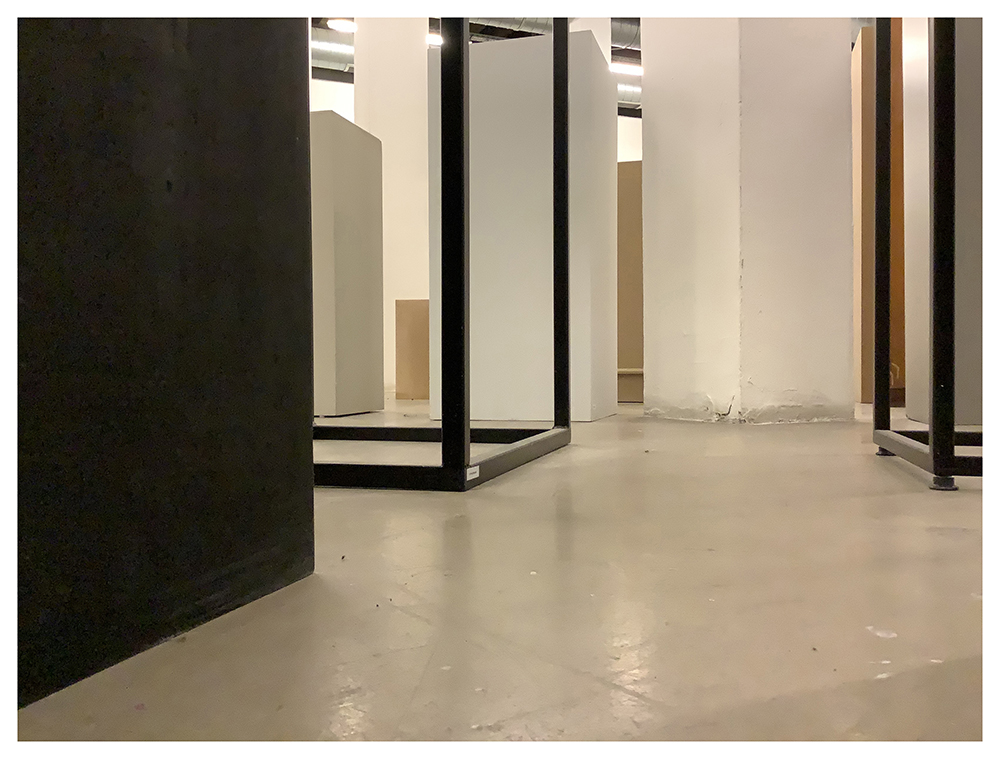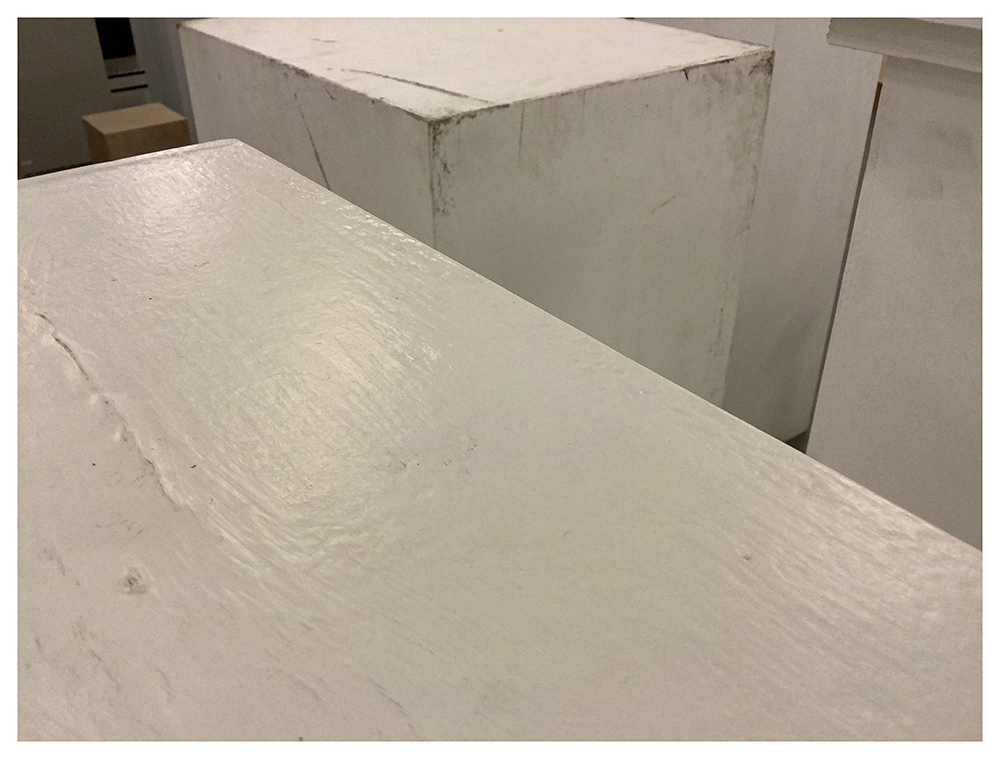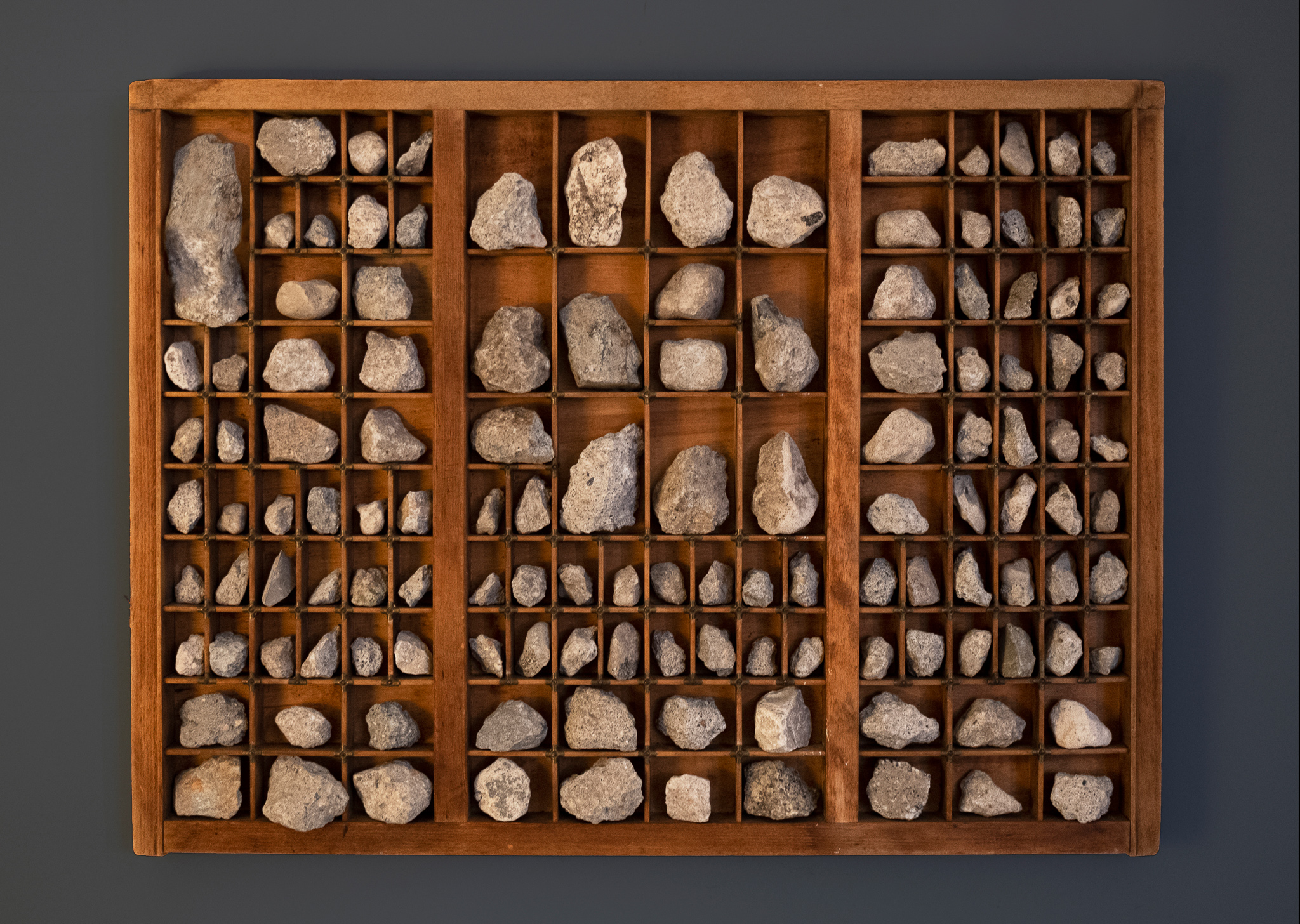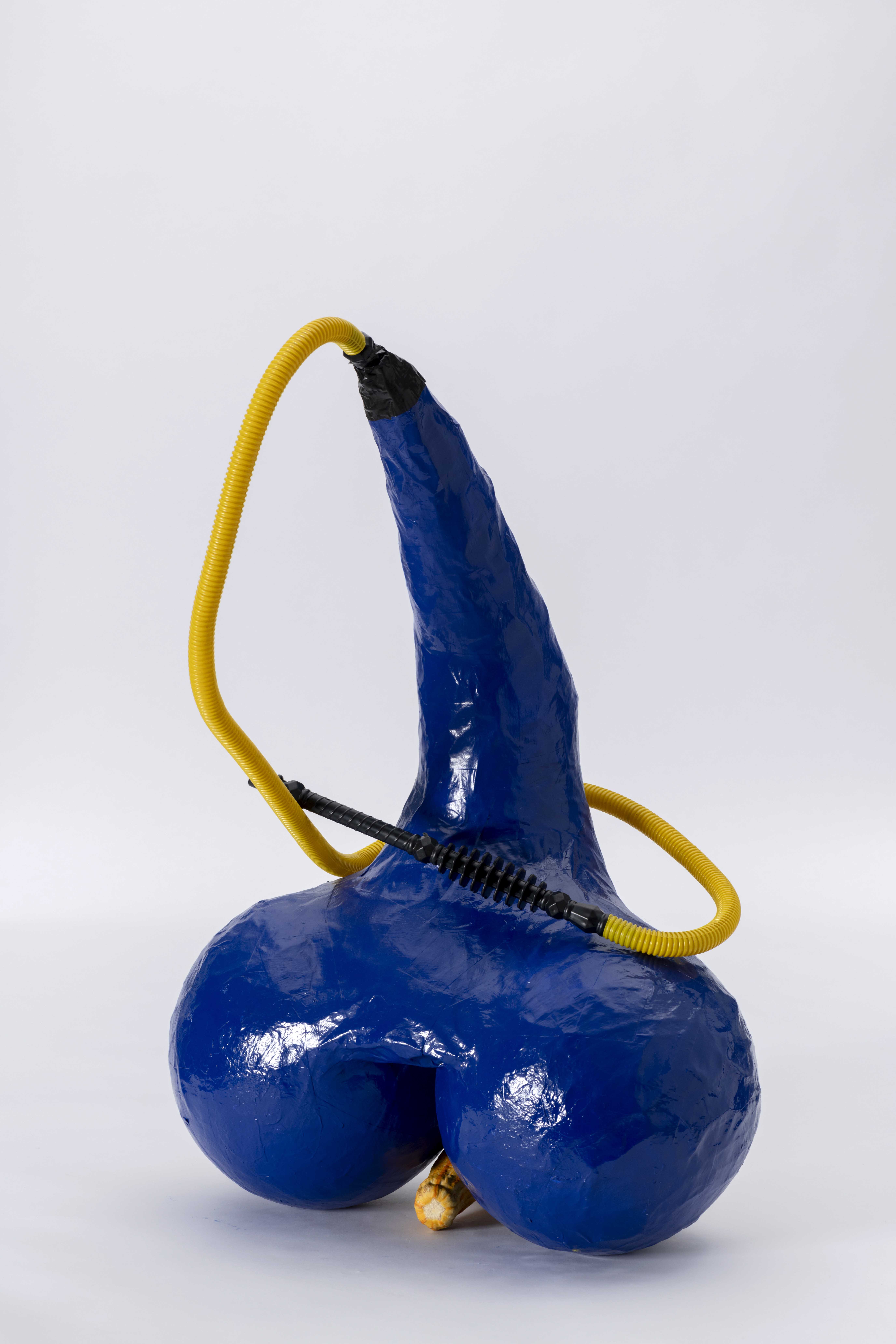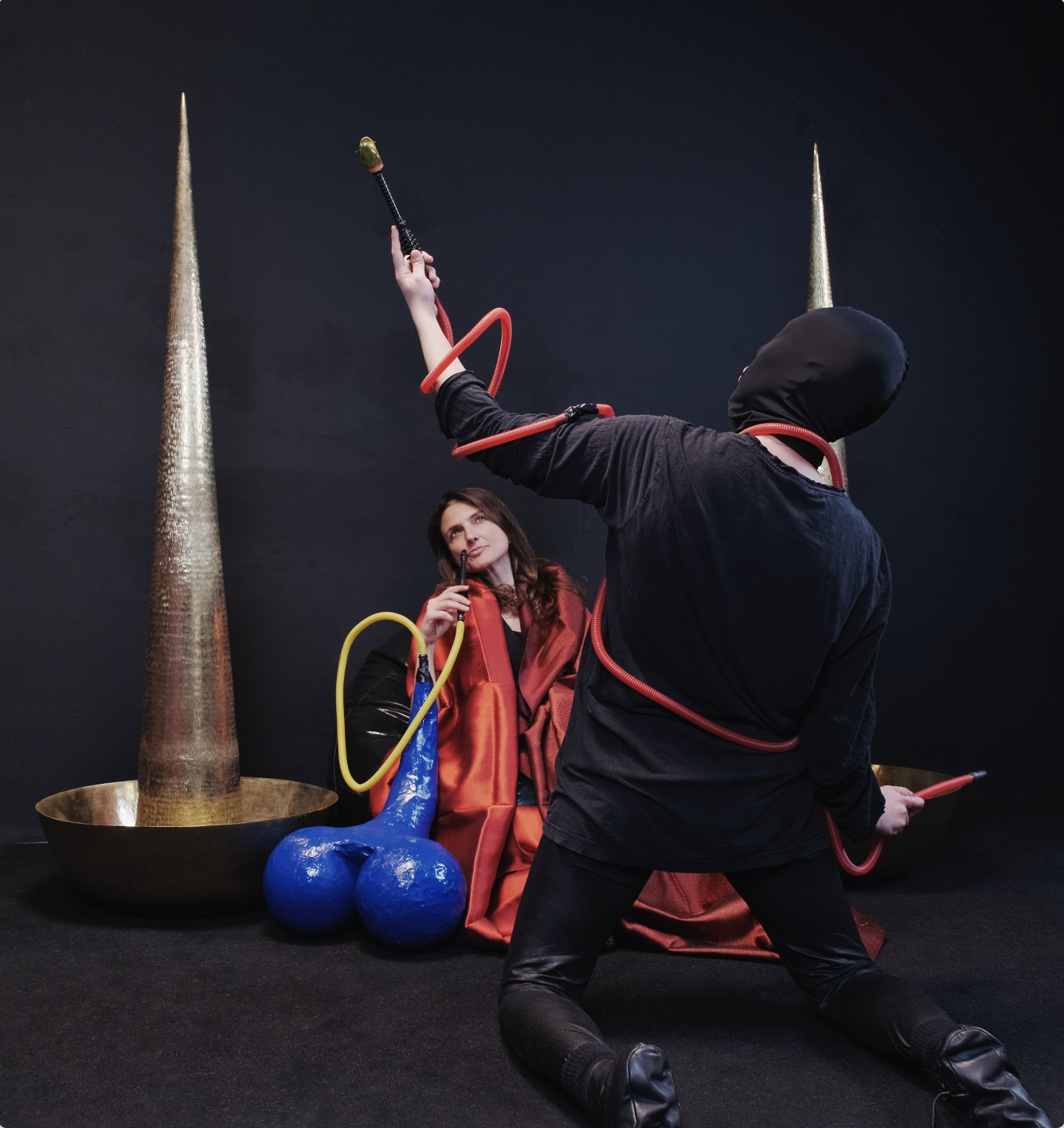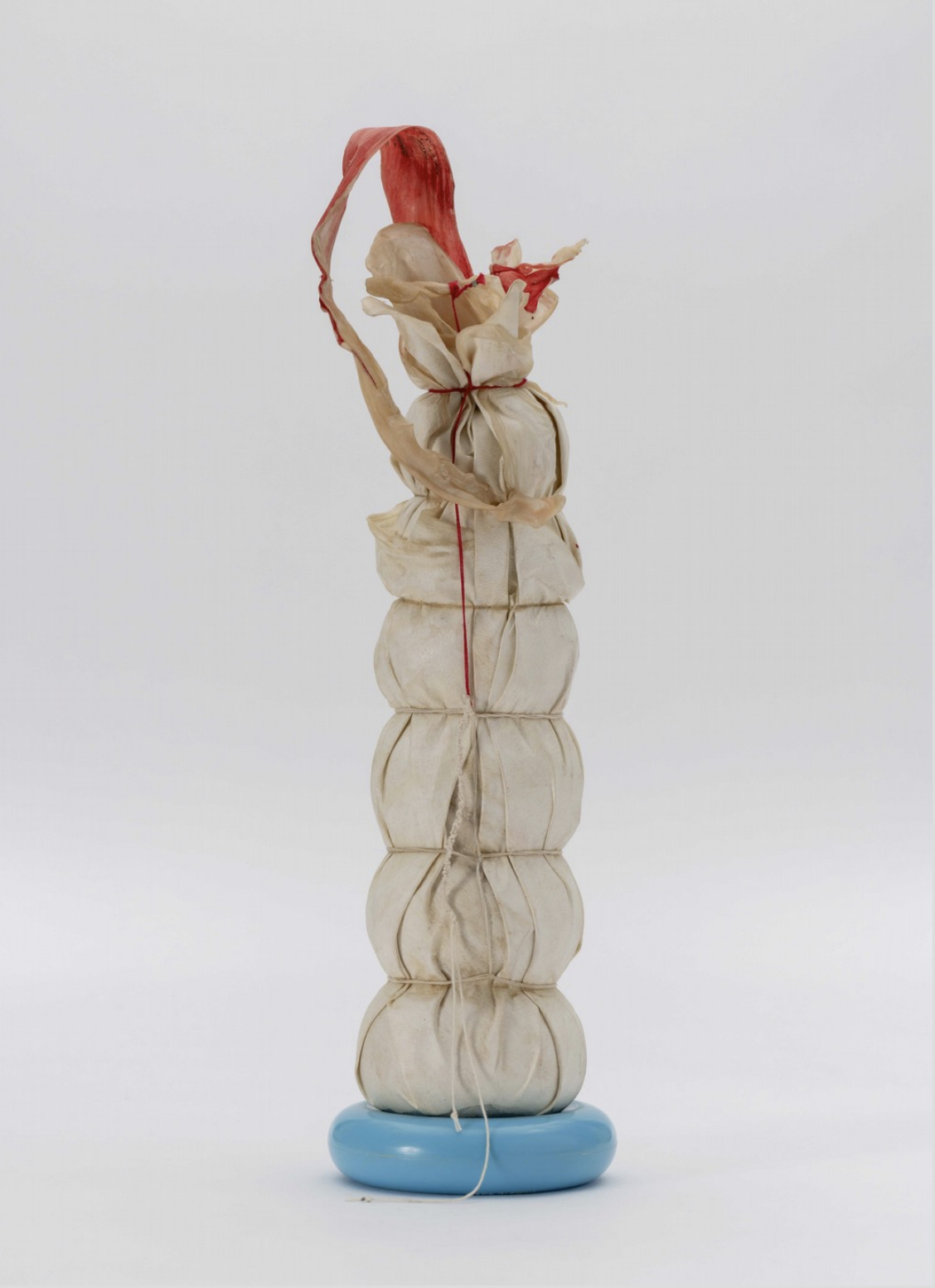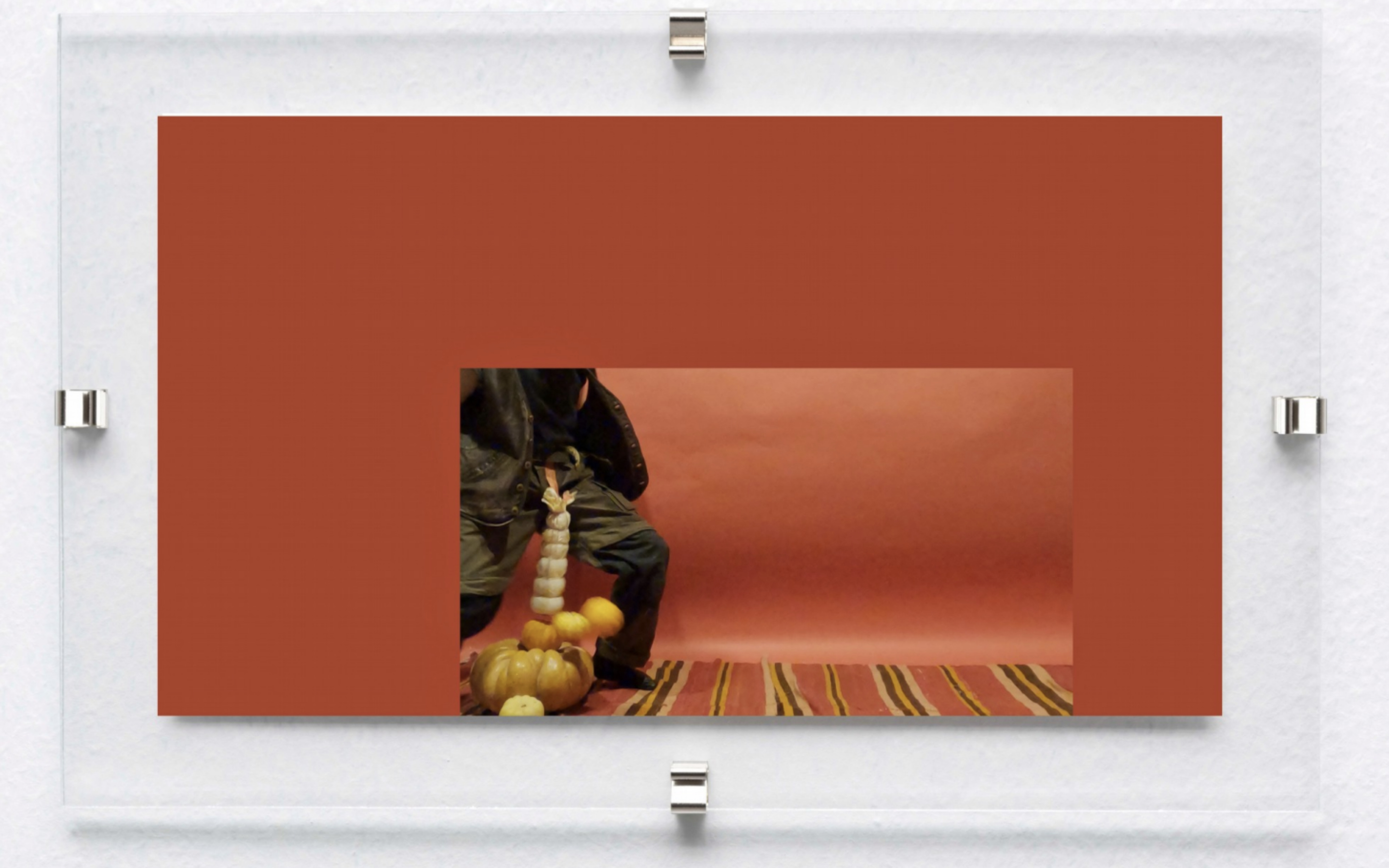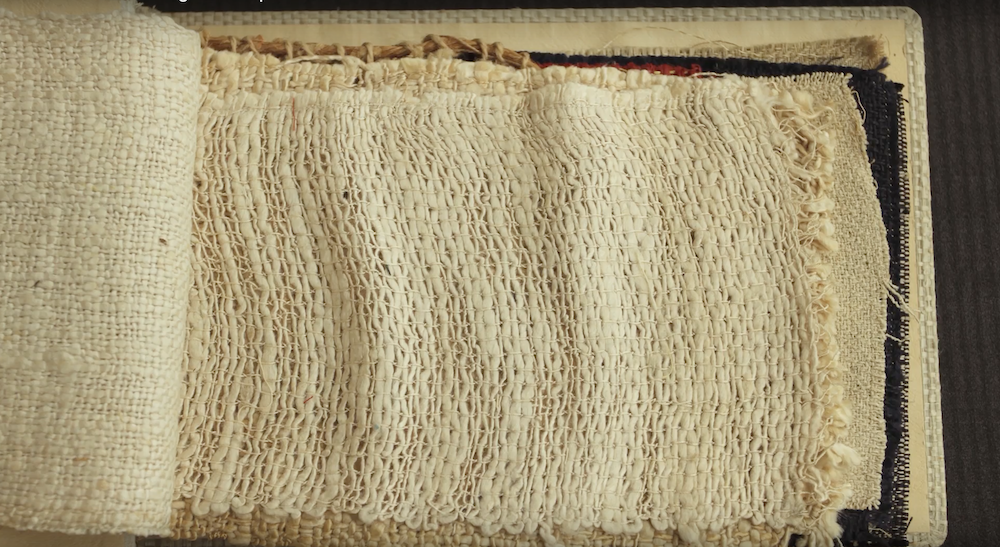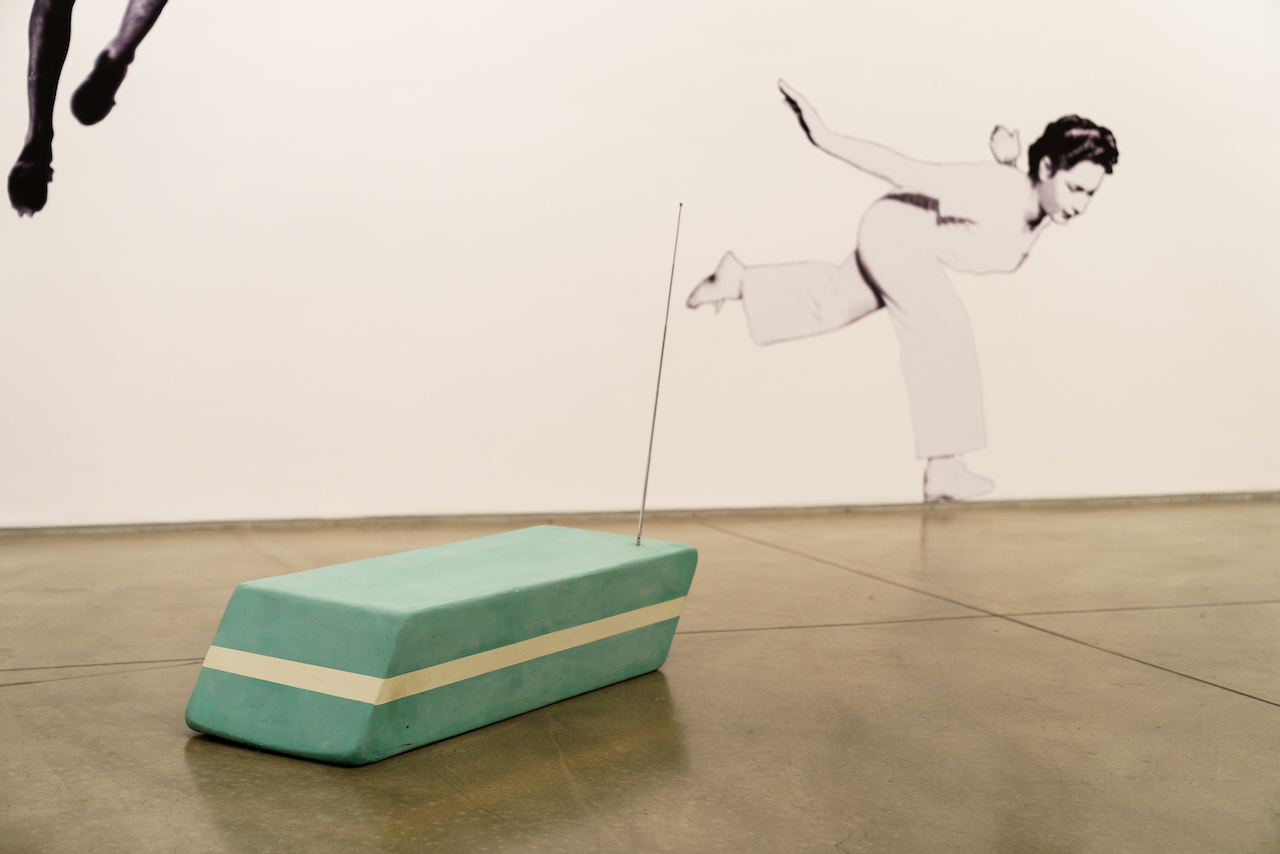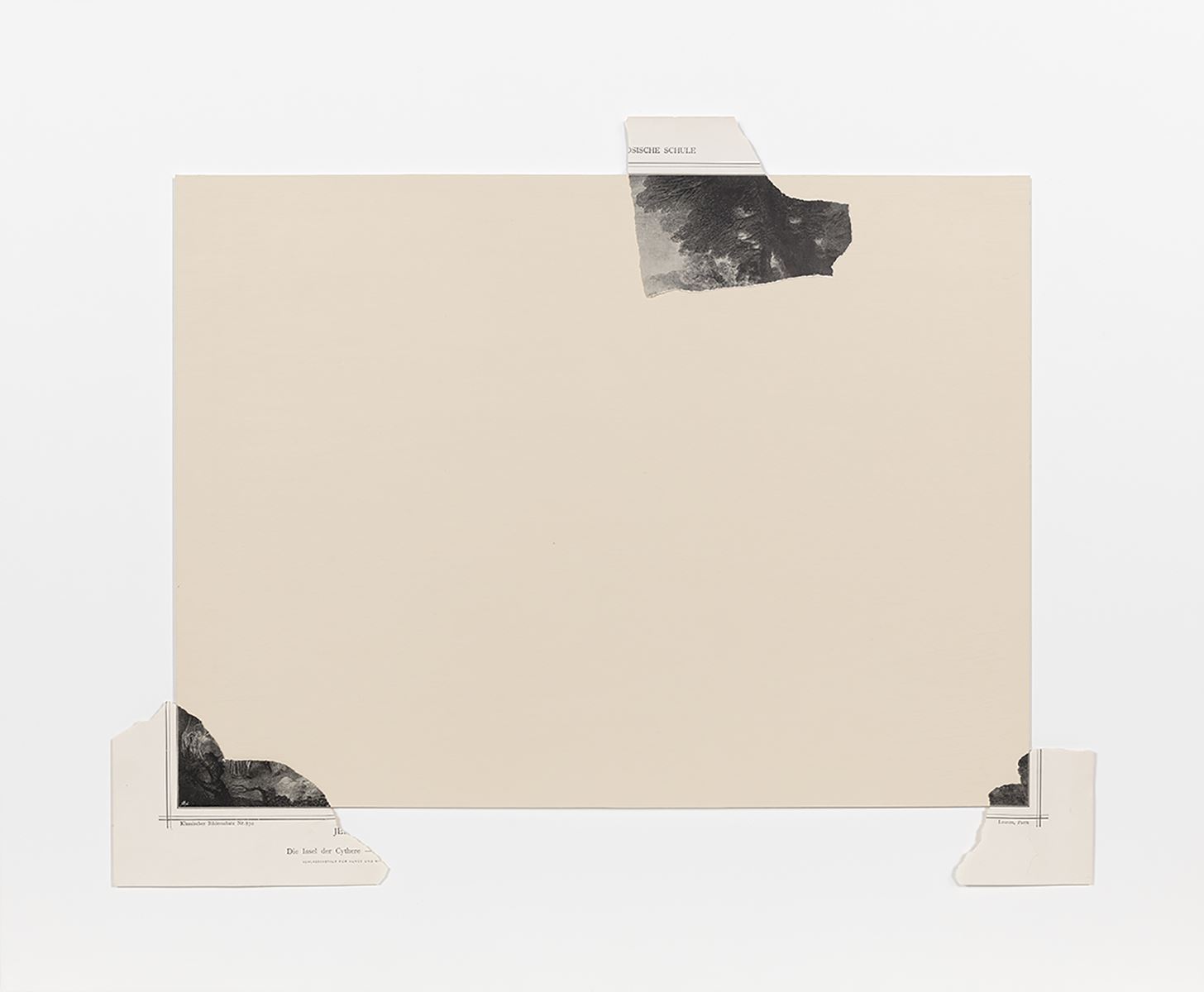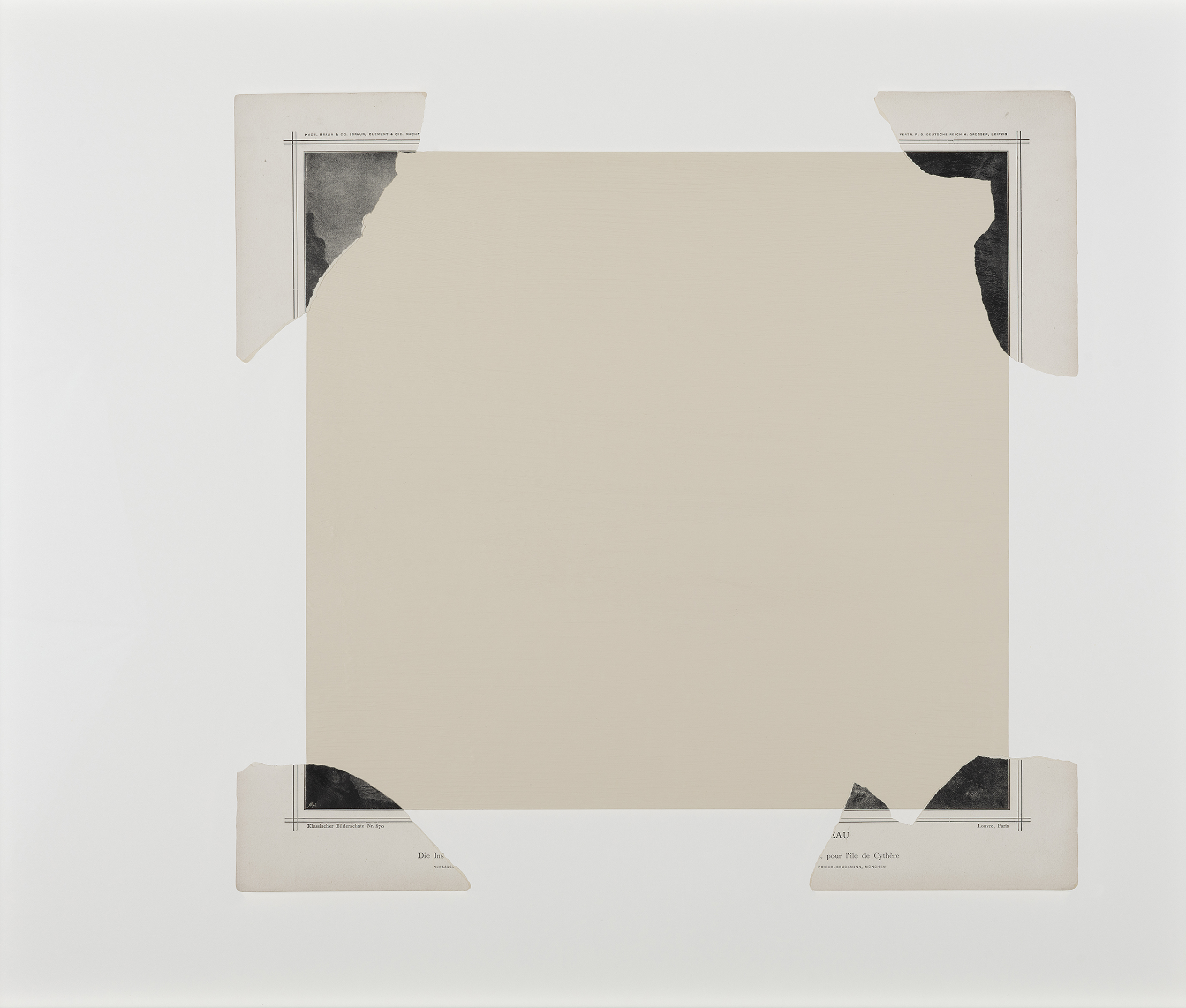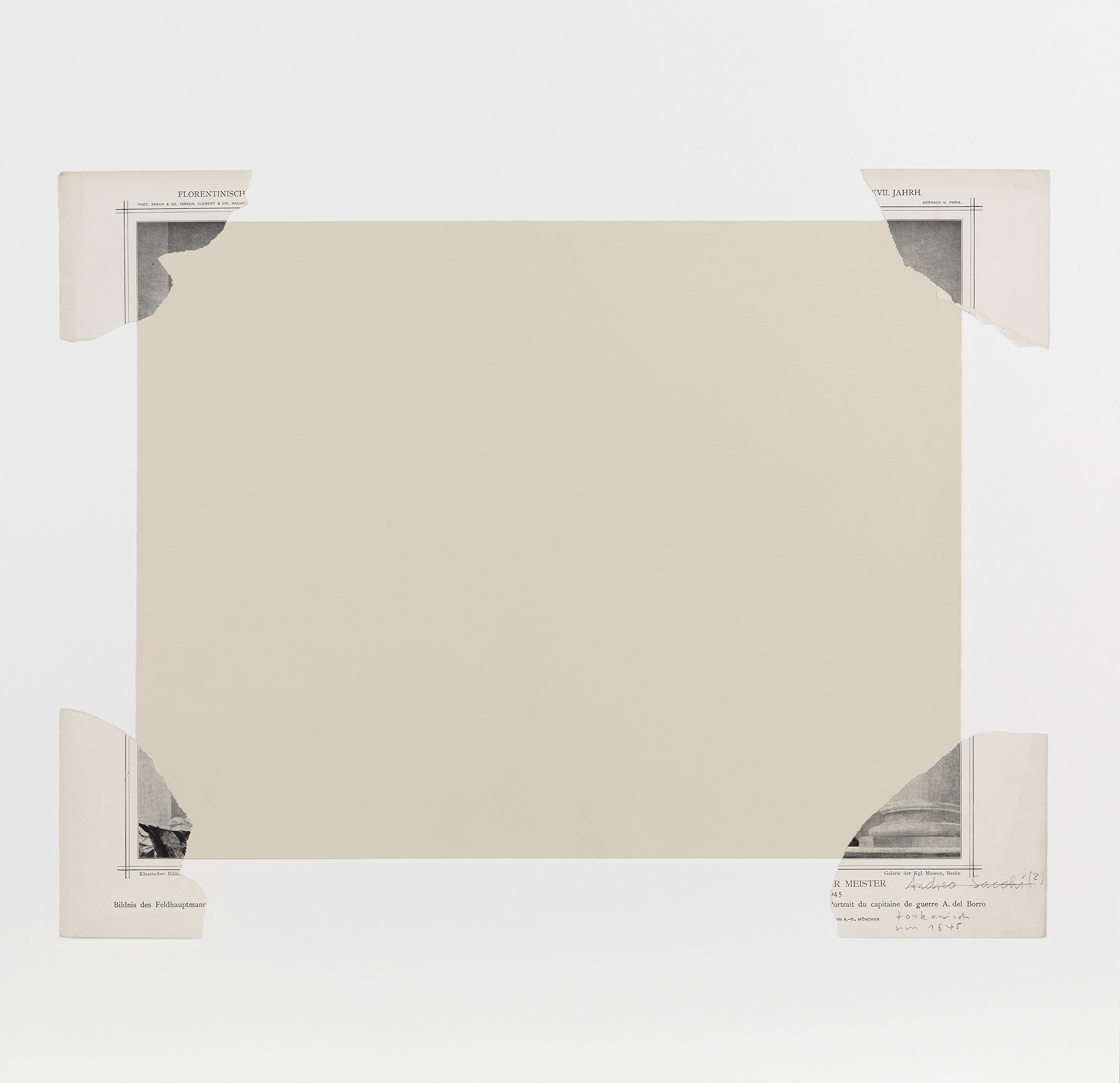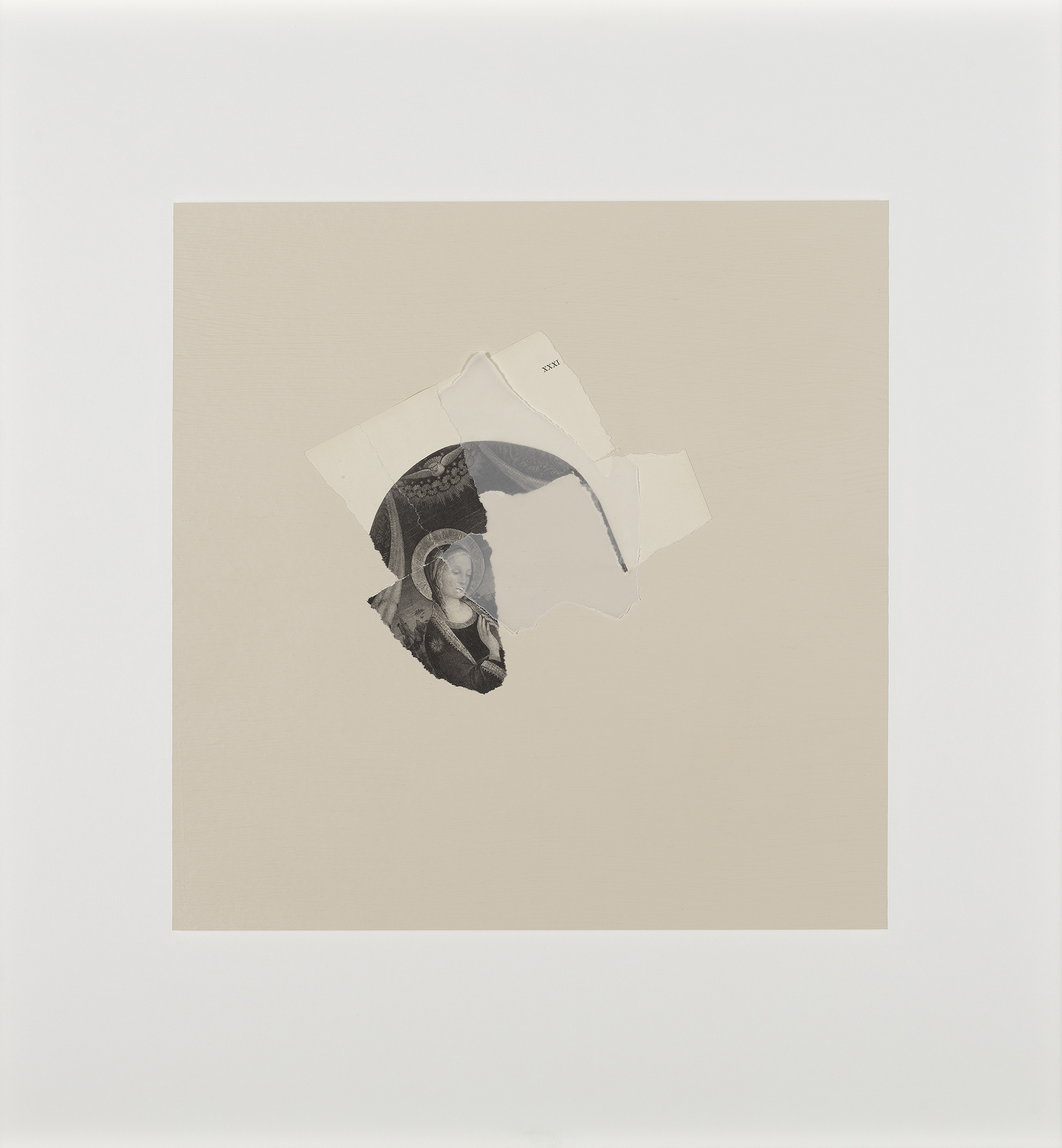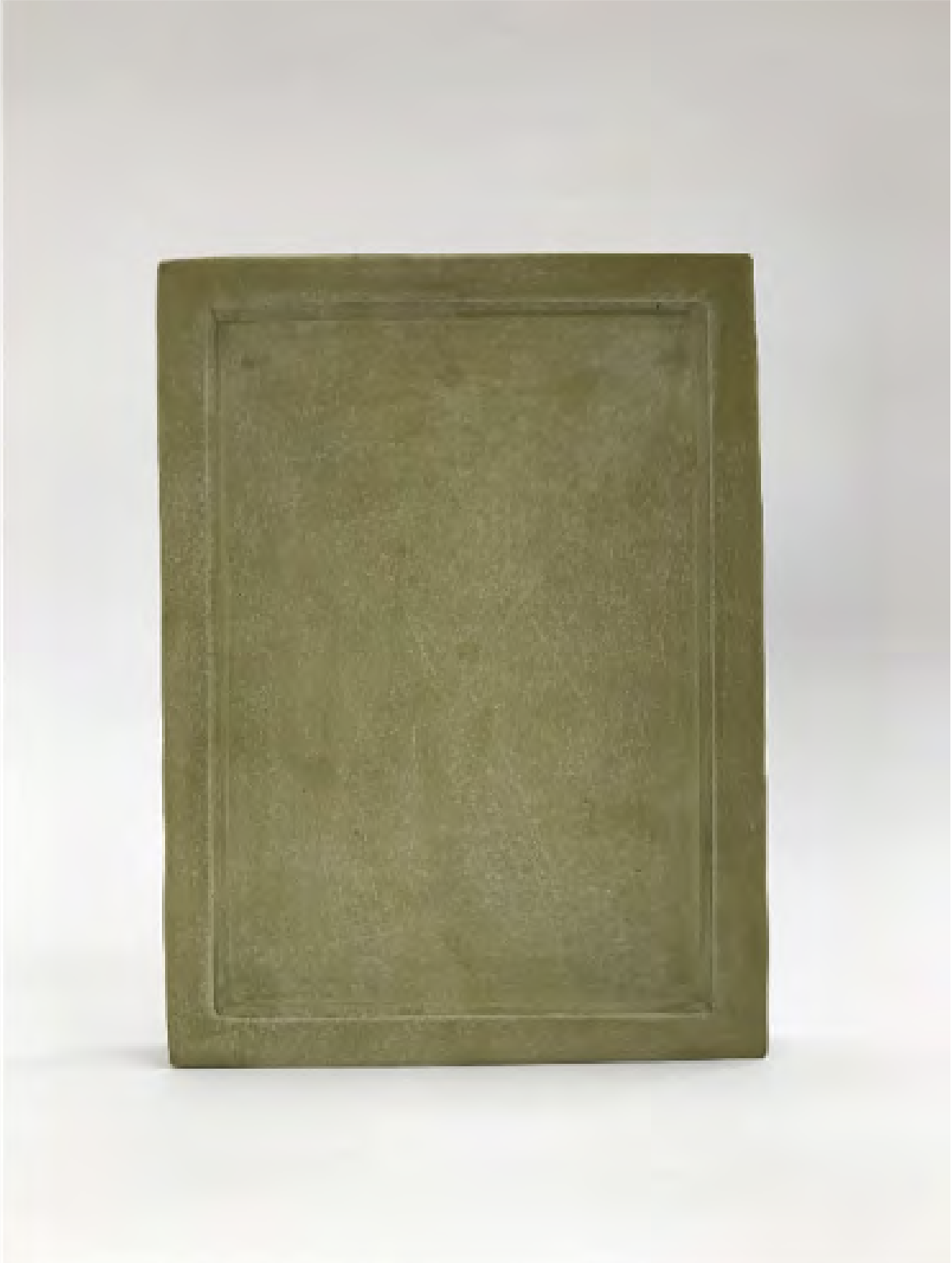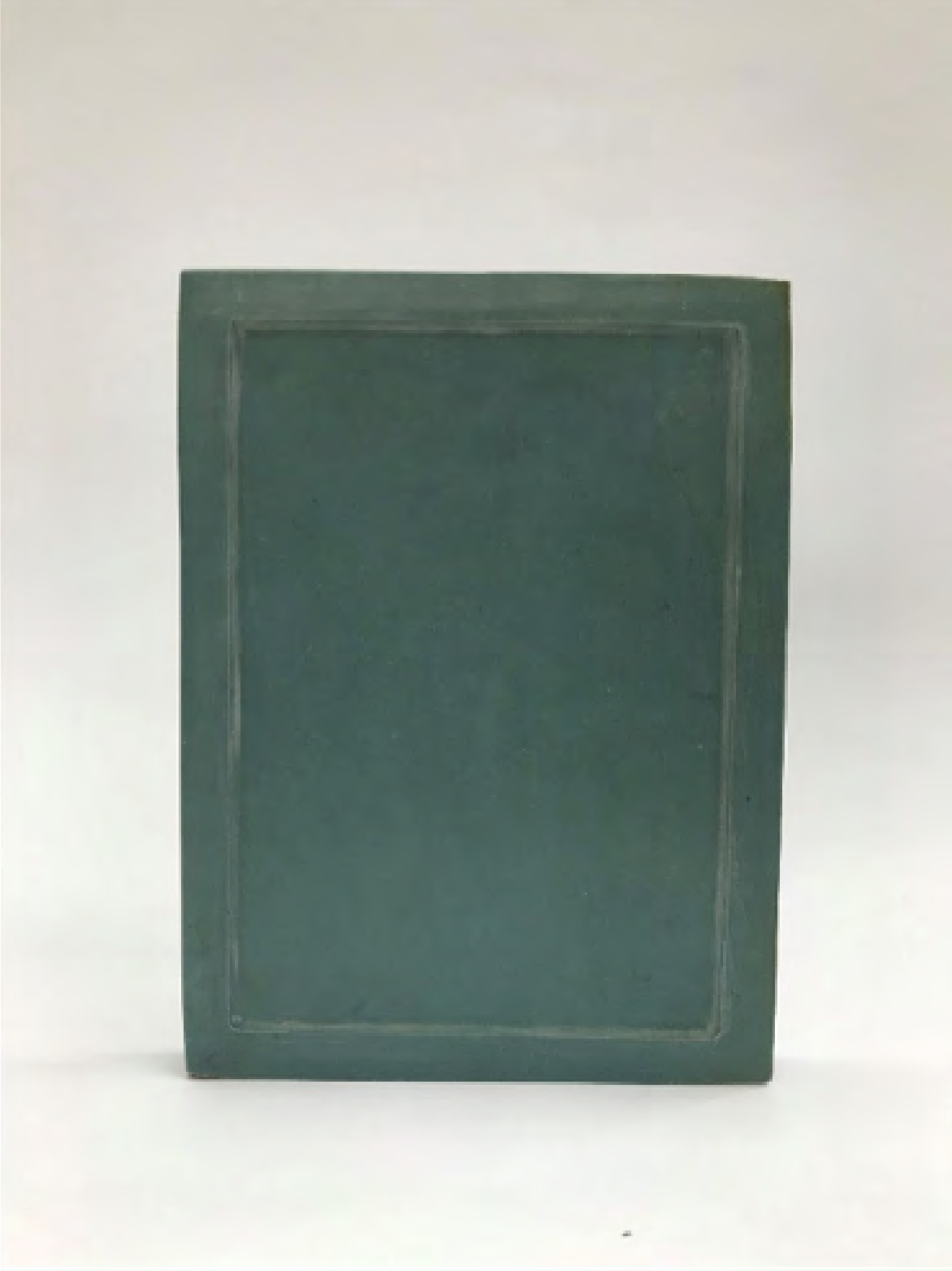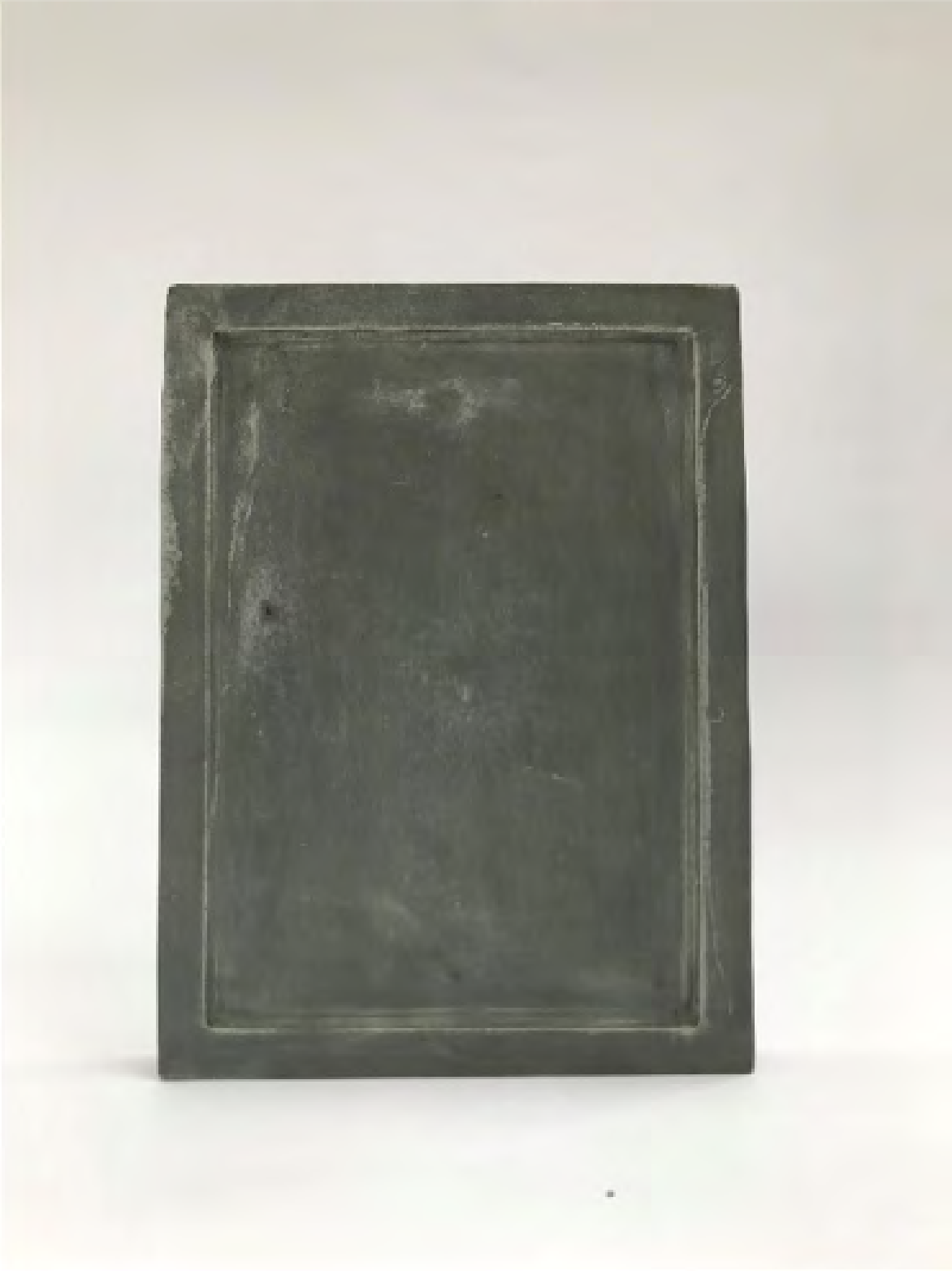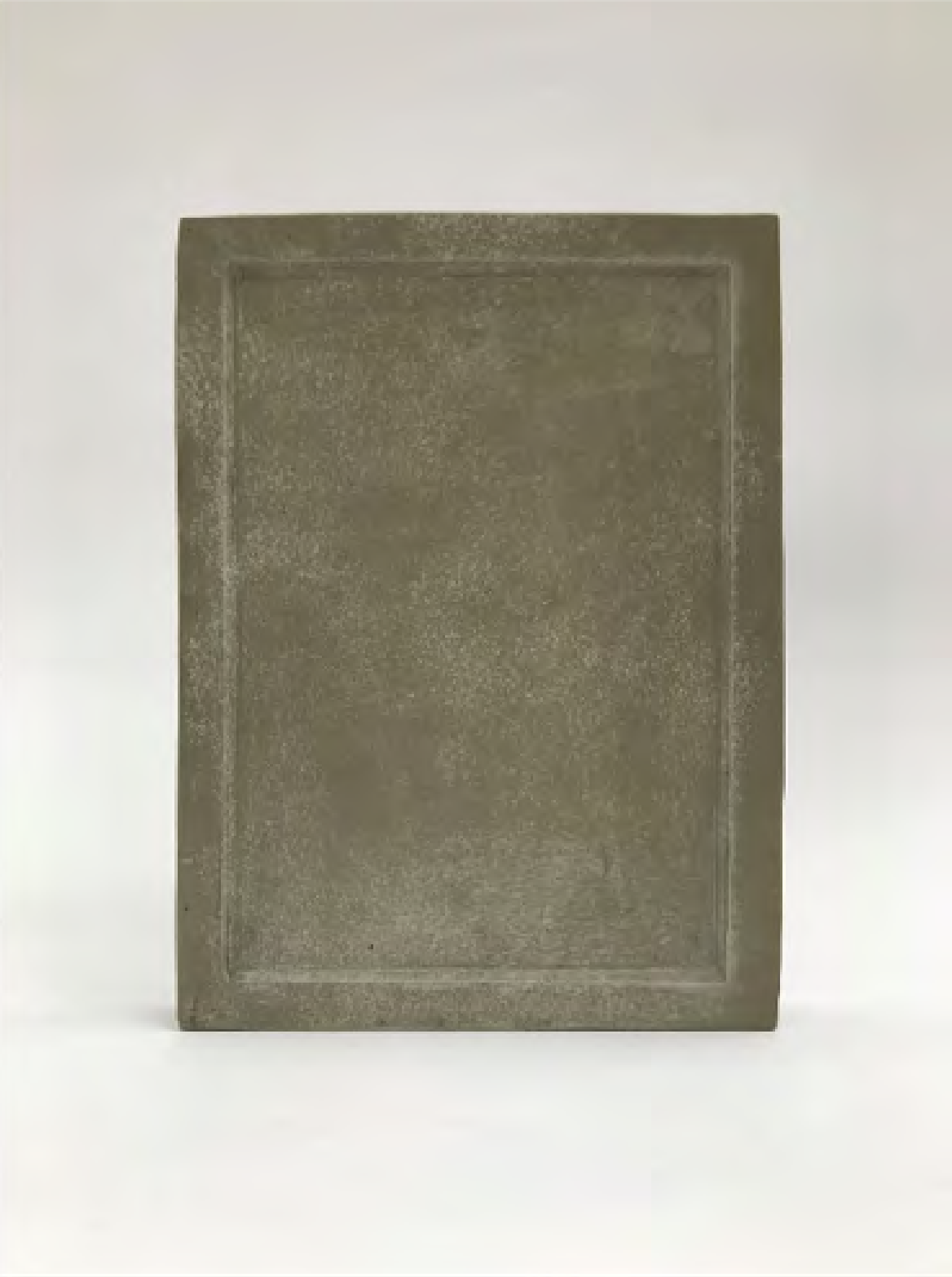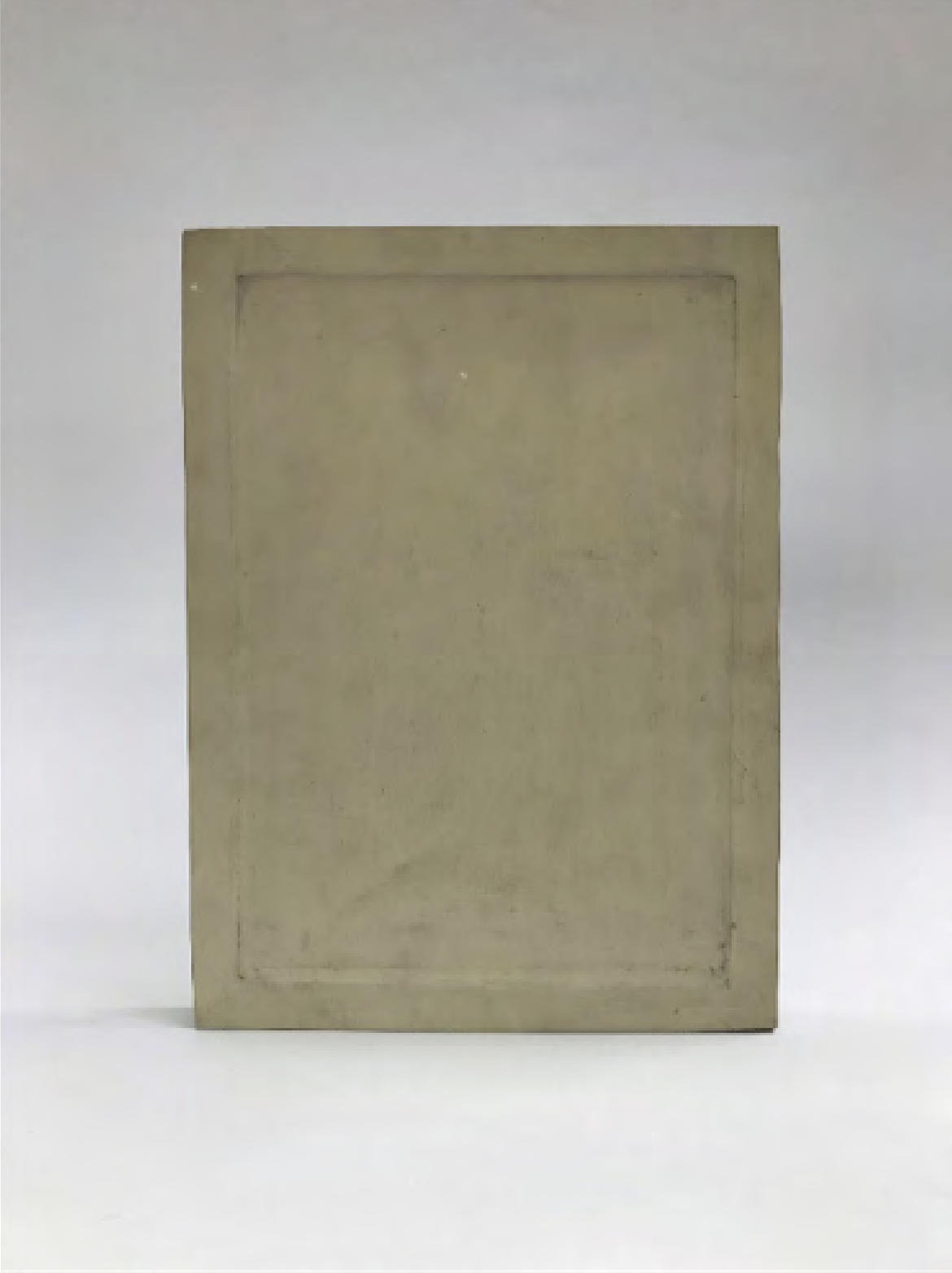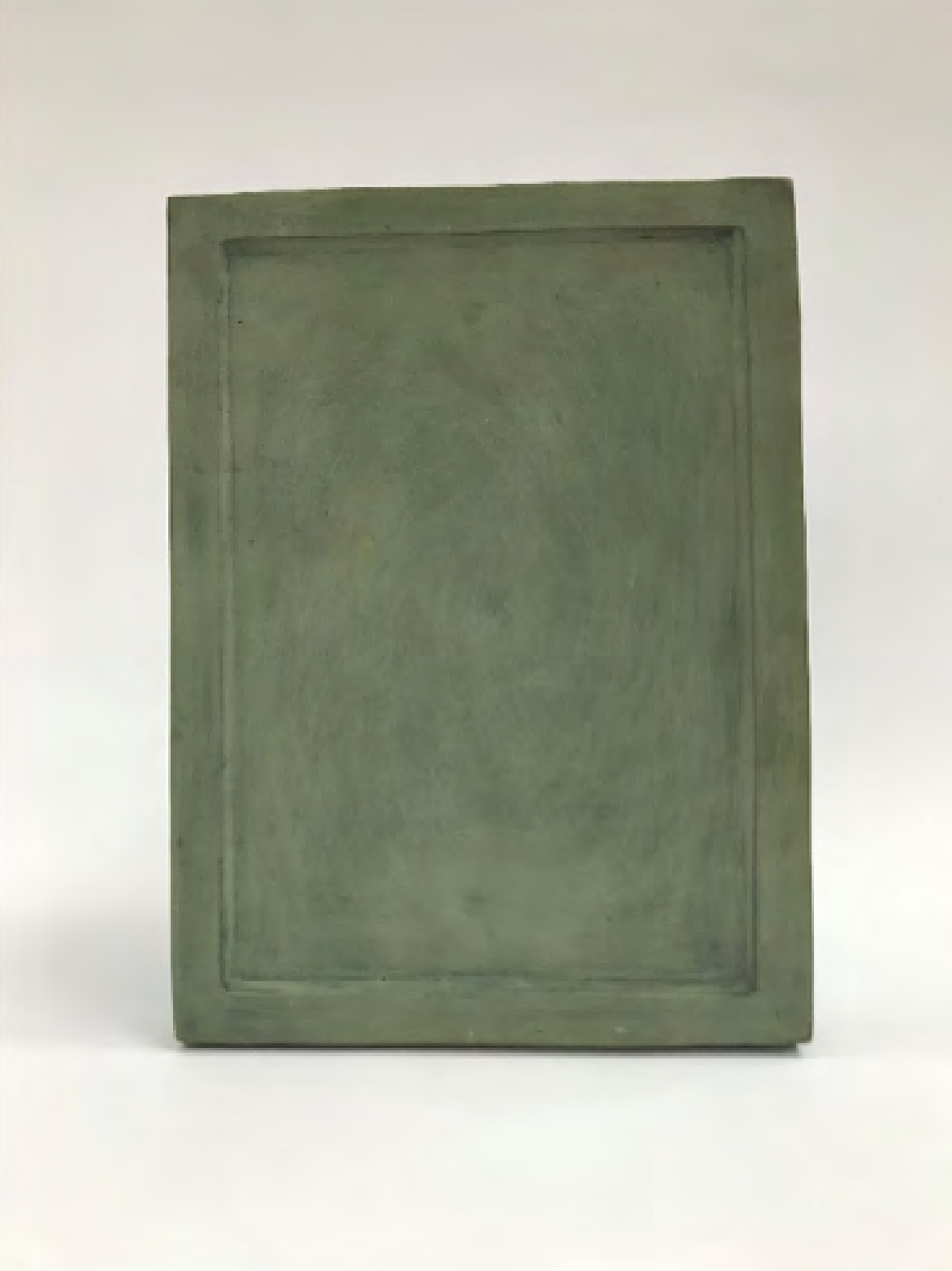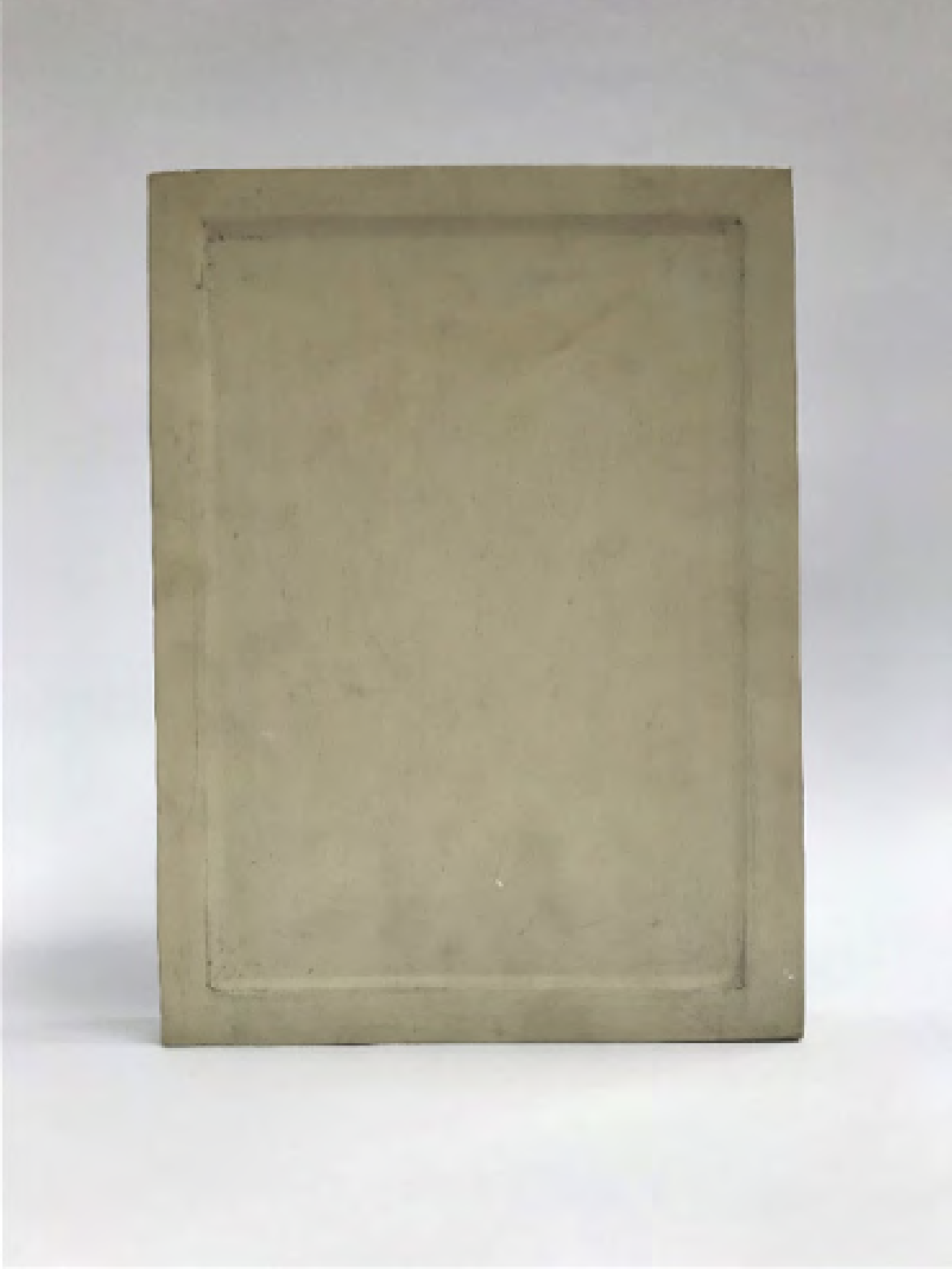Now on Display
04/01/2024 - 28/03/2024
Artists: Sena Başöz, Yane Calovski, Aslı Çavuşoğlu, Itamar Gov, İz Öztat & Ra, Judith Raum, Simon Wachsmuth, Dilek Winchester
Now on Display, curated by Ece Ateş and Yasemin Köker, unfolds at Zilberman Selected located at Piyalepaşa from January 4, 2024, to March 28, 2024. Bringing together works by Sena Başöz, Yane Calovski, Aslı Çavuşoğlu, Itamar Gov, İz Öztat & Ra, Judith Raum, Simon Wachsmuth and Dilek Winchester, the exhibition traces notions of archive, collection and institutional critique.
Now on Display delves into the complex interplay between art object and historical object and the museum institution itself. In the contemporary museum context, spectators are often compelled to admire, idolize, and worship the exhibited objects. The exhibition prompts an inquiry into the distinctions between an object as a precious artifact and that of a mere utensil. By drawing this distinction, the exhibition questions how a museum transforms into a pivotal space of control and judgment.
What distinguishes a mere object from a cherished item or a utilitarian tool? The dichotomy between the two unfolds within the museum as a critical arena where objects undergo a transformation, stripped of their original purpose only to be endowed with new significance. The exploration deepens through Baudrillard's lens, as he navigates the intricacies of collection as a form of appropriation. Objects, divorced from their conventional functionalities, are redefined by the subject. As Baudrillard states ‘art exists in display’; the exhibition serves to analyze the object as an apparatus to sanctify.
Now on Display thus serves as a thought-provoking journey through the layers of significance bestowed upon objects, inviting viewers to reassess the dynamics between subject, object, and the institutions that shape our perceptions.
Throughout the exhibition there is a constant questioning of institutions along with the glorification of mundane objects as art. Aslı Çavuşoğlu investigates the sanctification of human remains in her work Long Ago Person Found (2015). The work reflects upon the ways that human remains—particularly of populations that have been persecuted—are transformed when they become study objects in archives or museum collections. Çavuşoğlu questions the narrative created around the archive and its troubled relationship with truth, exposing the ways in which public consensus is a bricolage, while magnifying the stories that become tethered to artifacts and historical sites. Çavuşoğlu returns to the questioning of an archive with her work Horror Vacui, where she shows alternative reconstructing possibilities of the Mother Goddess figurine, unearthed at Çatalhöyük. The figurine, which quickly became a representation of fertility in Anatolia, was unearthed with a missing head. With the work, Çavuşoğlu points out the manipulation of archives in means of restoring what is lost.
Itamar Gov’s Gemstones 2011-2021 is an installation showcasing 129 ordinary stones collected by the artist from diverse locations around the world in a process over time. Presented on a compartmentalized vintage wooden board, the display of the work reminds the presentations of gems and crystals in natural history museums or royal collections, which are often seen as a symbol of power and richness of European countries. By highlighting the similarity and ordinariness of the stones, the artist plays with the conventional displays and the notion of value. The work is accompanied by a detailed list specifying the date and precise location of each stone’s discovery, giving each stone a personal history.
For Now on Display, Dilek Winchester re-explores her site-specific installation Attending the Void, which was displayed in Depo in 2019. For the installation the artist borrowed 81 different pedestals from 44 different art and culture institutions, one of which was Zilberman. The work Attending the Void (2019), Documentation: In between the plinths folder, the artist carefully revisits her own archive during the making of installation that intertwines with institutional archive. Winchester shifts the roles of institutional objects by changing a pedestal from vessel, an object of display into an object that is displayed.
Simon Wachsmuth researches the blind spots and unexpected epilogues in the grand narratives of history and art history. In contrast” to Çavuşoğlu’s Horror Vacui where she tries to manipulate an archive by re-creating an infamous art historical image, Wachsmuth erases and eradicates in his works 1470, Hauptmann II, Kythera IV and Kythera V. The artist uses archival materials such as monuments and documents that are ripped and pinned to blank paper. The emptiness that predominates each work, leaving only clues for the viewer to re-imagine and understand the work, is a means of erasure of history.
In her practice, Sena Başöz explores the archive as a form of re-understanding, re-assessing and re-writing personal history. The artist began questioning the function of an eraser within the archive while she was working with the archives of Yapı Kredi; moving towards ways of manipulating societal archive with her work, How to Re-write History (2023). With the work, Başöz extends her search of manipulating and erasing an archive, more specifically a societal archive. Başöz points out how institutional spaces, such as museums, create a narrative by manipulating the archive. The work replicates a Pelikan eraser, the most infamous image of an eraser. Başöz questions the form of an eraser, depleting with every use. Başöz turns the eraser into a machine by turning it into an active radio. The eraser continuously announces news from TRT News, a governmental News agency in Turkey; the eraser thus becomes a vessel of manipulation.
In her video titled Textile territories (Otti Berger), Judith Raum delves into the lost and forgotten archives of Otti Berger, a Jewish textile artist and weaver, also teacher at the Bauhaus, who was murdered in 1944 at Auschwitz concentration camp. The video not only shows the artist’s battle to revive the archives of a historical figure but also questions what we include and exclude in the archives. Focusing on ordinary textile production, the video glorifies a material which is often not considered as a precious object by the museums.
Yane Calovski’s Icons Series is the abstraction and reproduction of an element belonging to the Christian iconography with synthetic rubber and wood. By reproducing a historically and symbolically significant image with industrial materials in a minimal aesthetic, the artists aim to transfer the traditional knowledge of depicting an image to the future with new materials and techniques, as a form of future archiving technique. Connecting the traditional to the contemporary, these works also interrogate the profanation of the sacred object in an exhibition space.
In her works, İz Öztat fabricates the (auto)biography of Zişan (1894-1970) who appears to the artist as a historical figure, a ghost, and an alter ego. In the chapter titled Boo Boo of Zişan’s (auto)biography, Öztat imagines the love between Zişan and Vita, and the time that they spent together at the photography studio of Dikran Bey, Vita’s father. While reproducing the historical objects belonging to this photography studio, the artist transforms them into an object of desire. In collaboration with Ra, they produce scenes where these sculptures serve them to enter into interaction. The display points out the tensions between fetishised objects and its usage.
» SIEHE AUCH
Artist Pages
- Sena Başöz
- Yane Calovski
- Itamar Gov
- İz Öztat
- Judith Raum
- Simon Wachsmuth
- Aslı Çavuşoğlu
- Dilek Winchester
